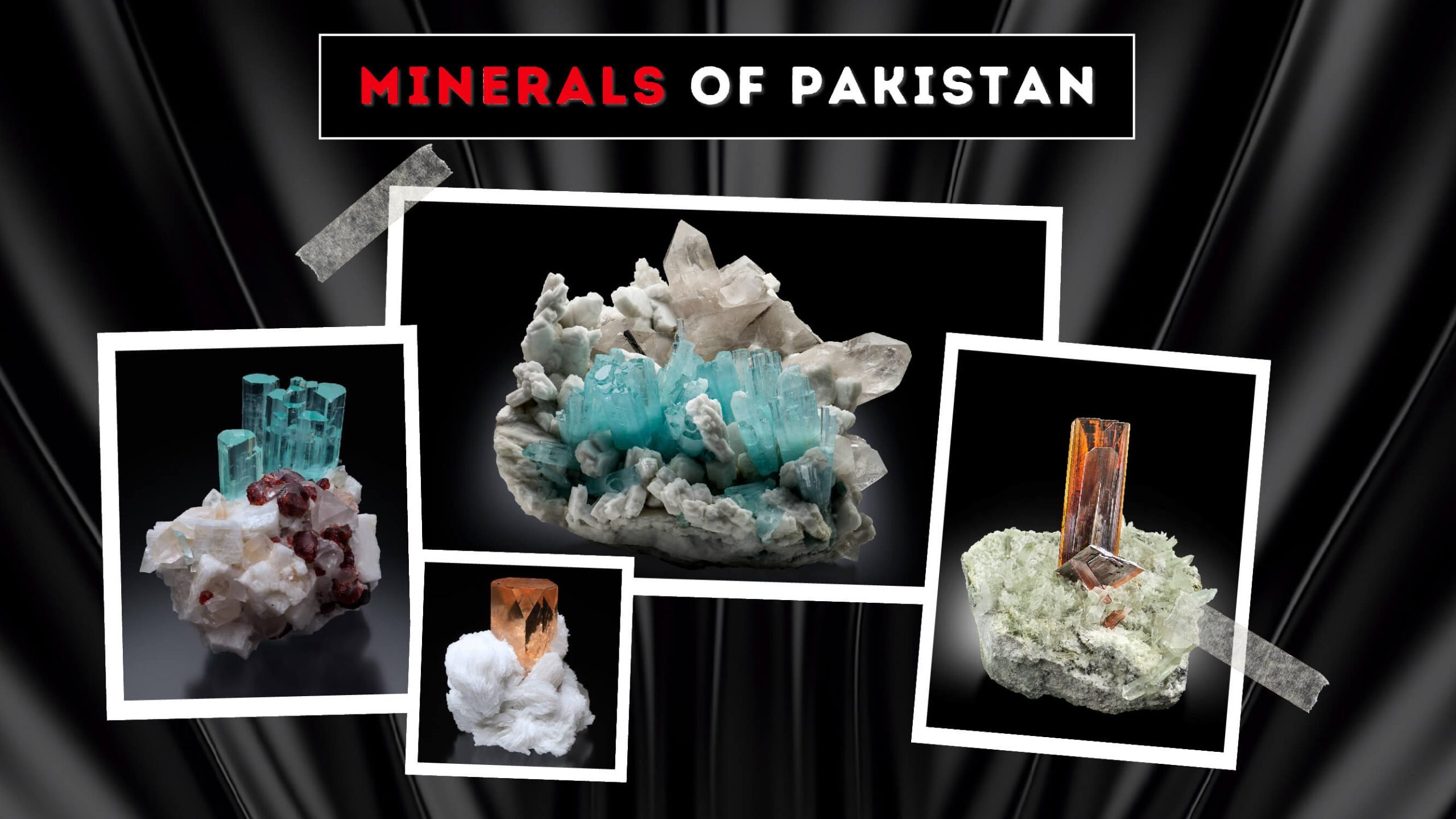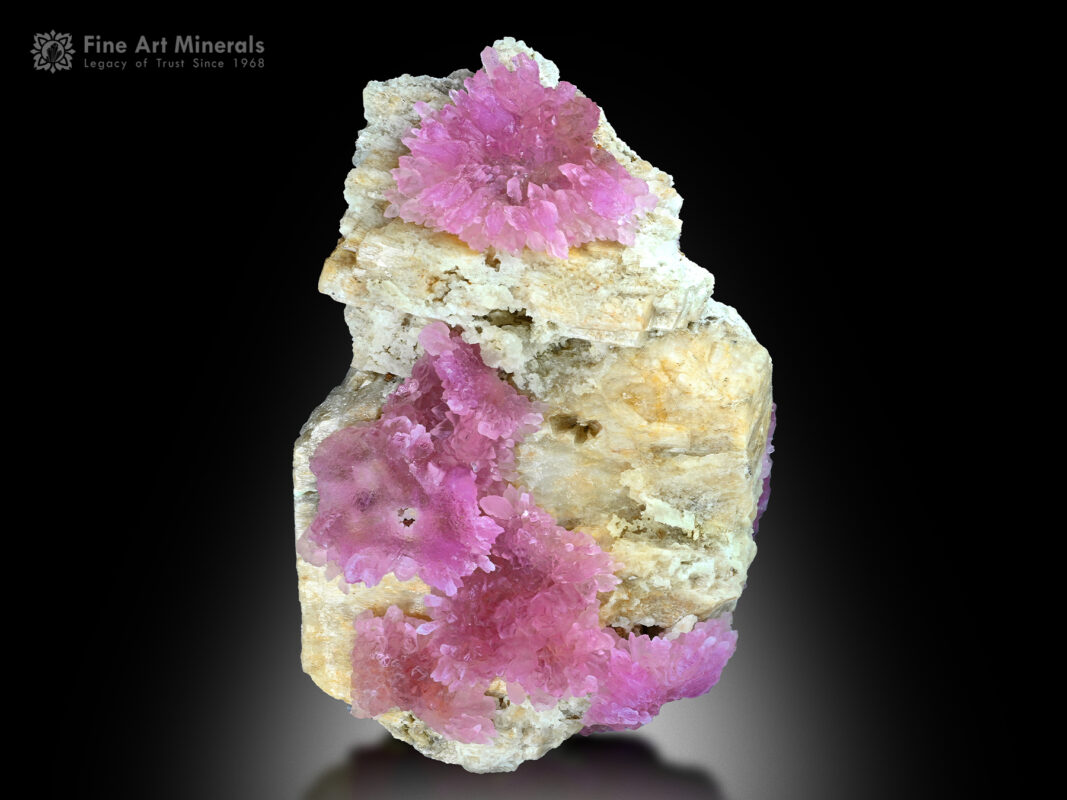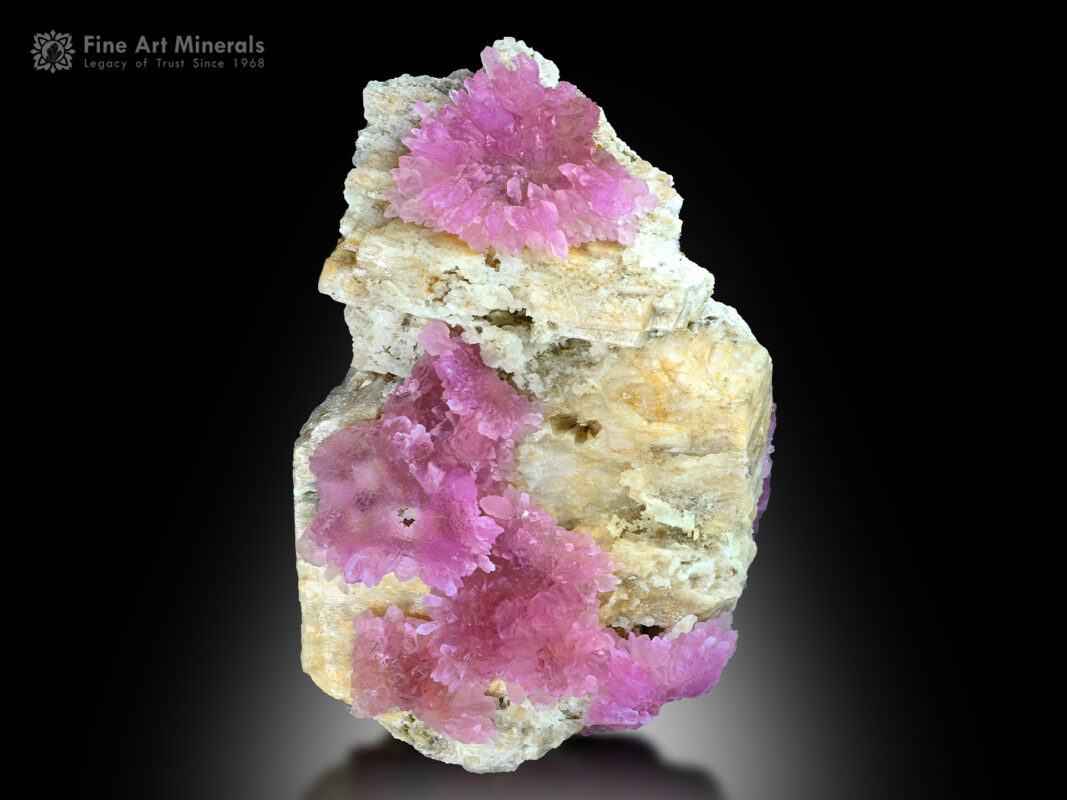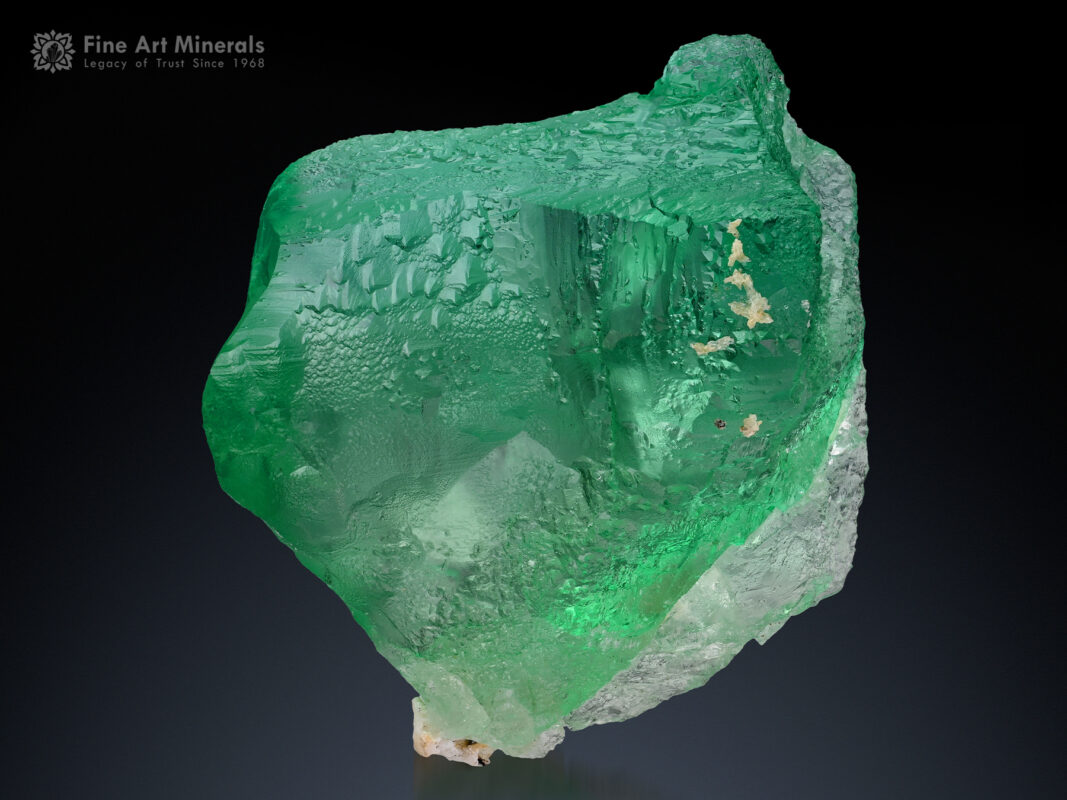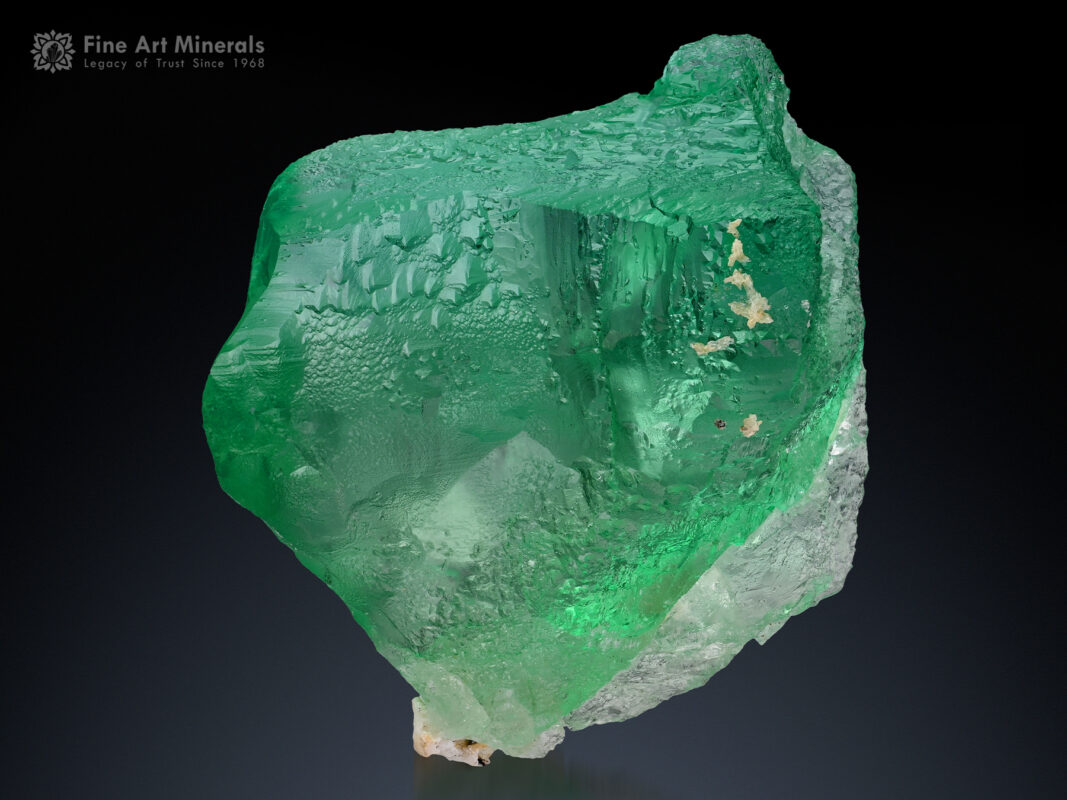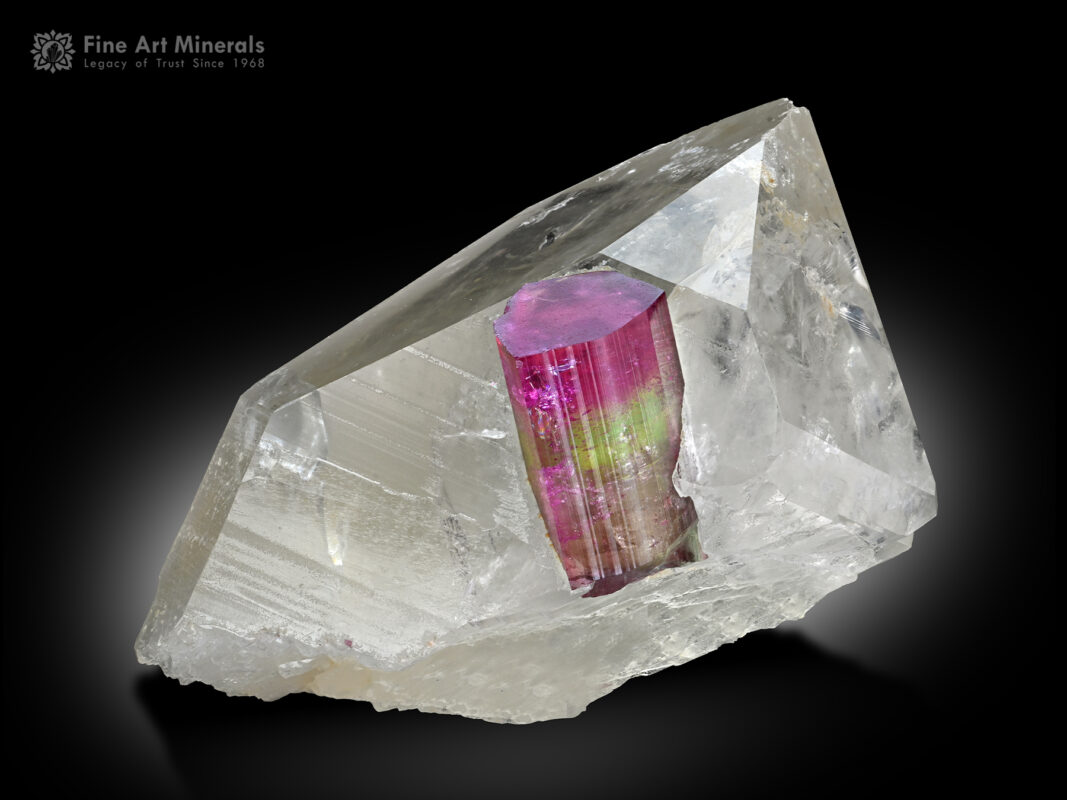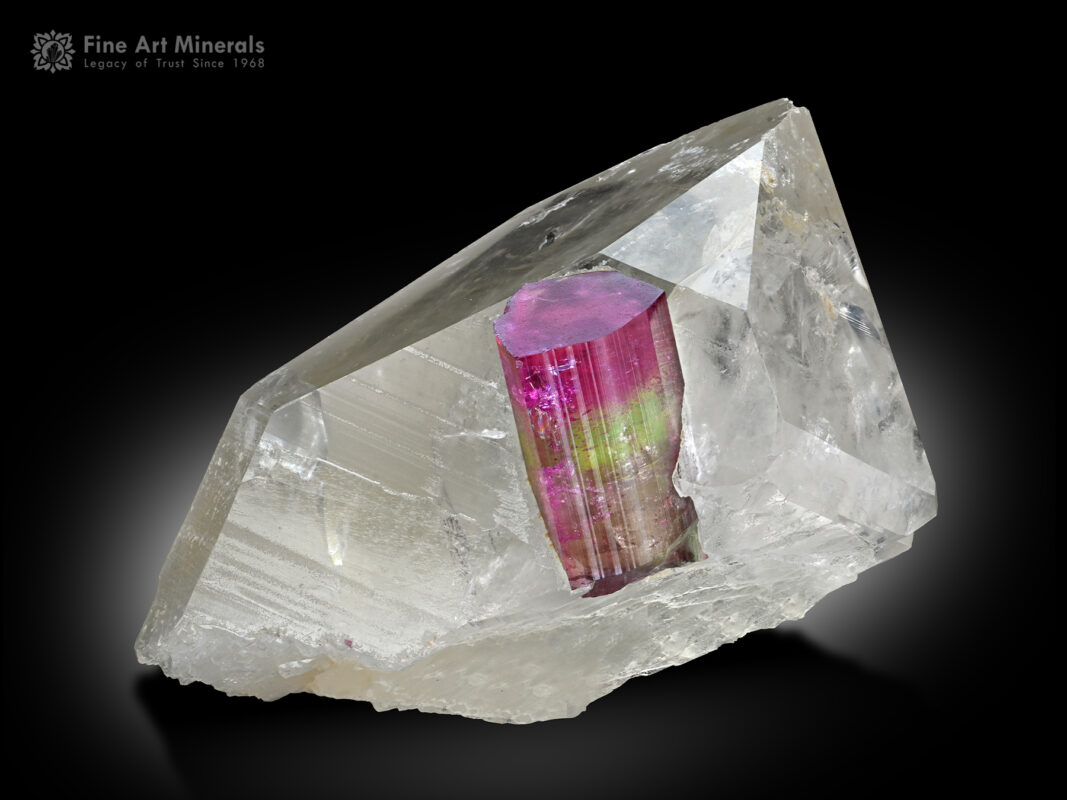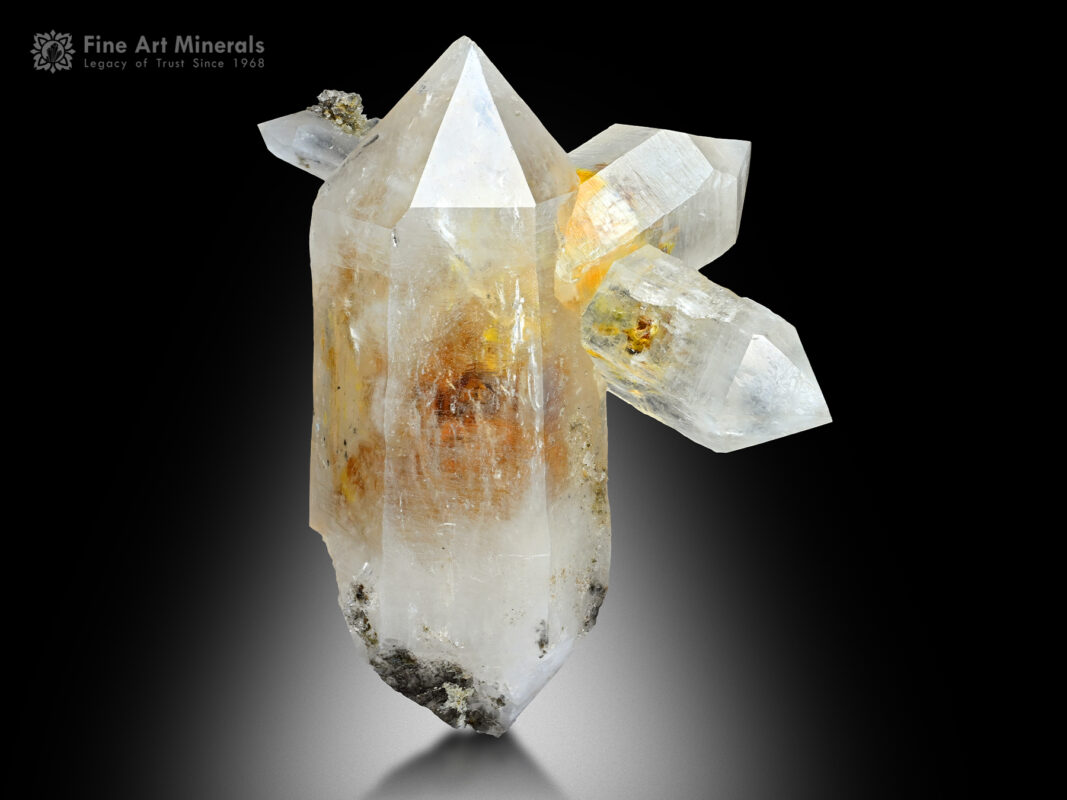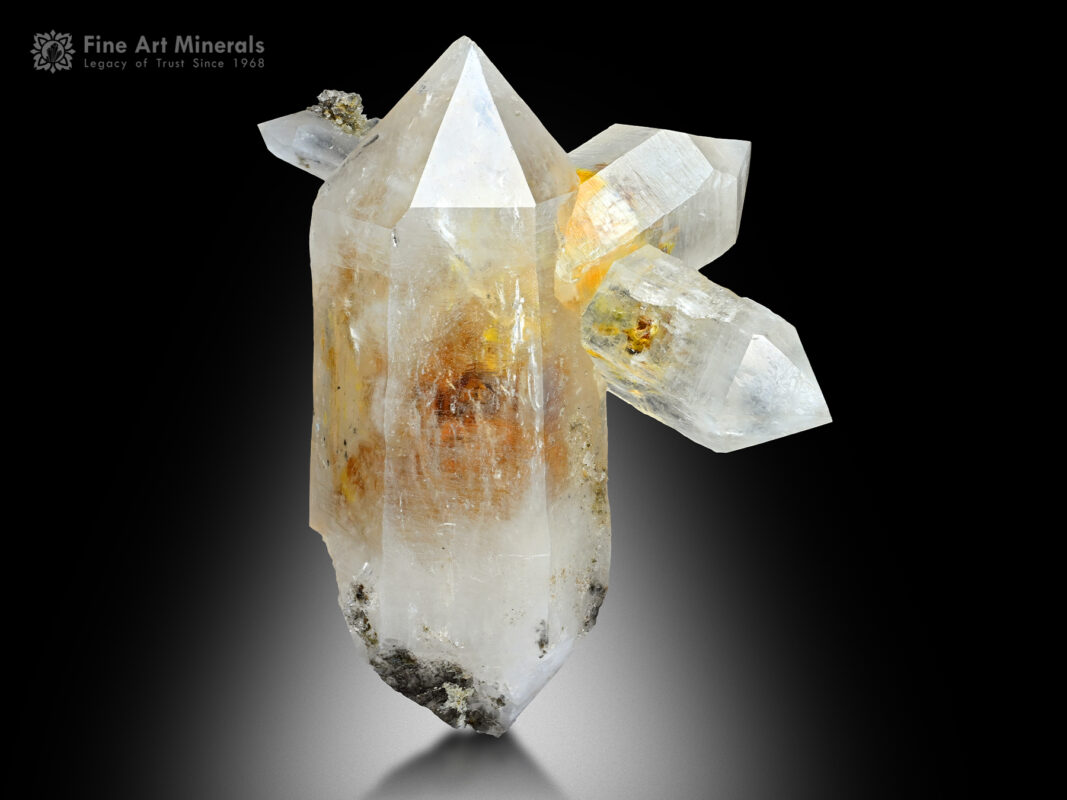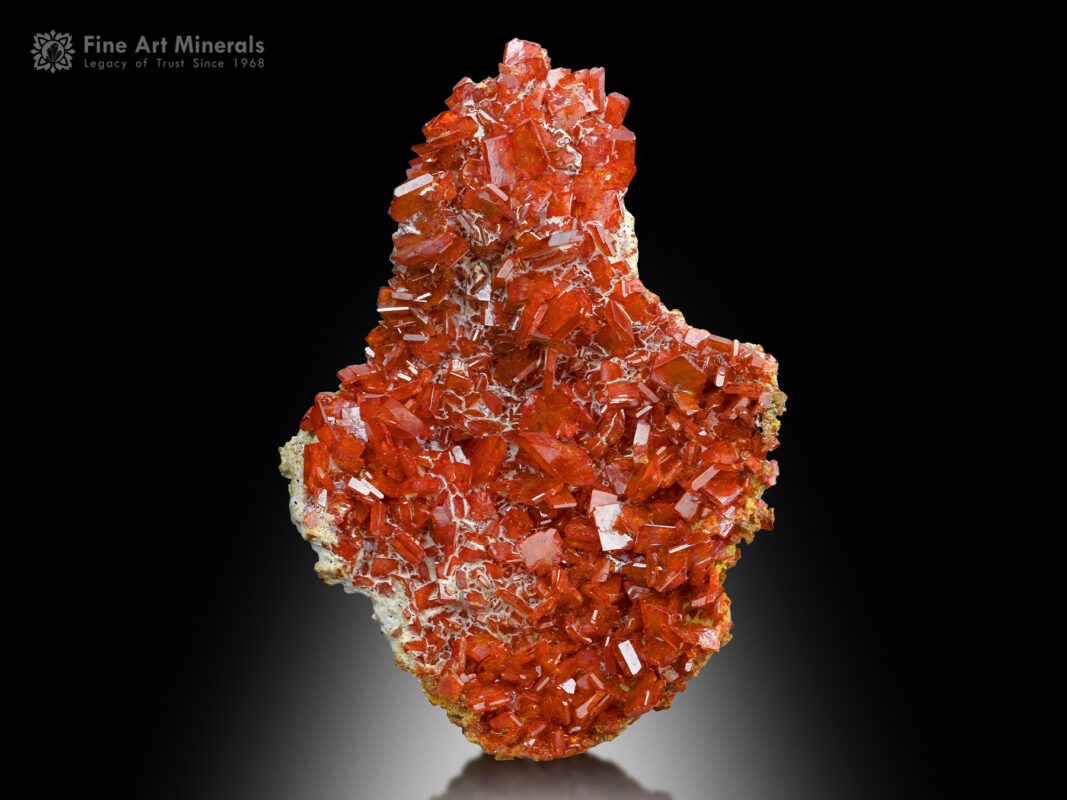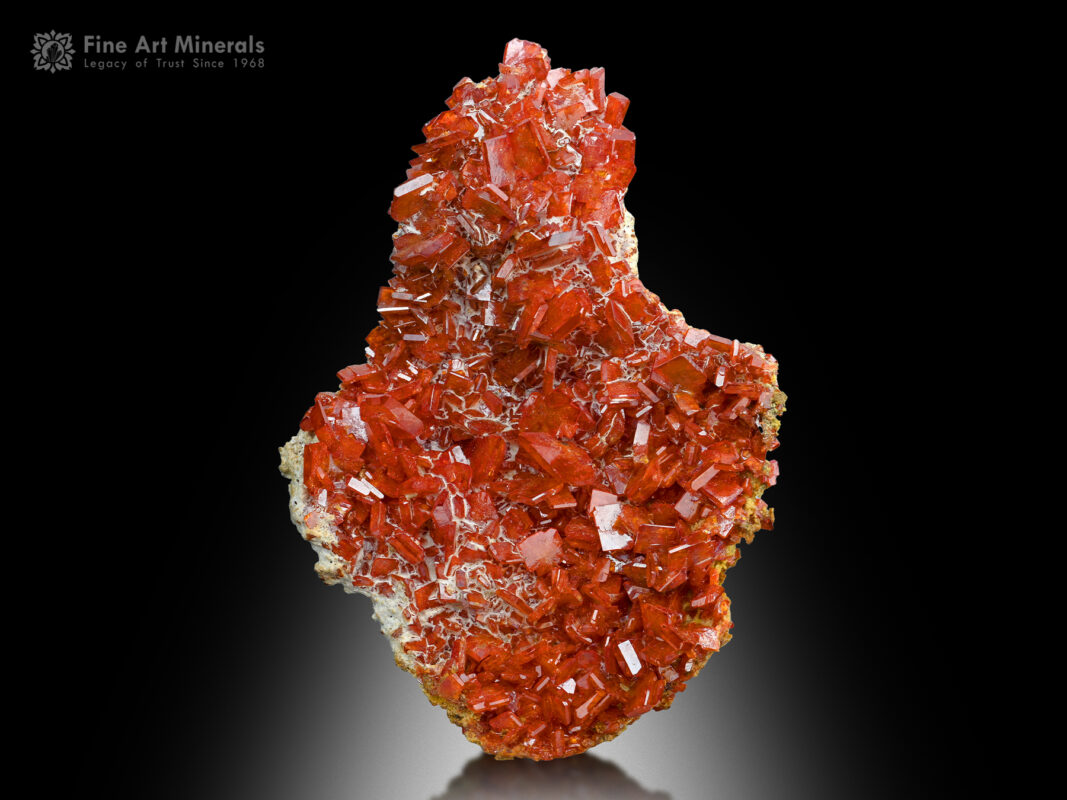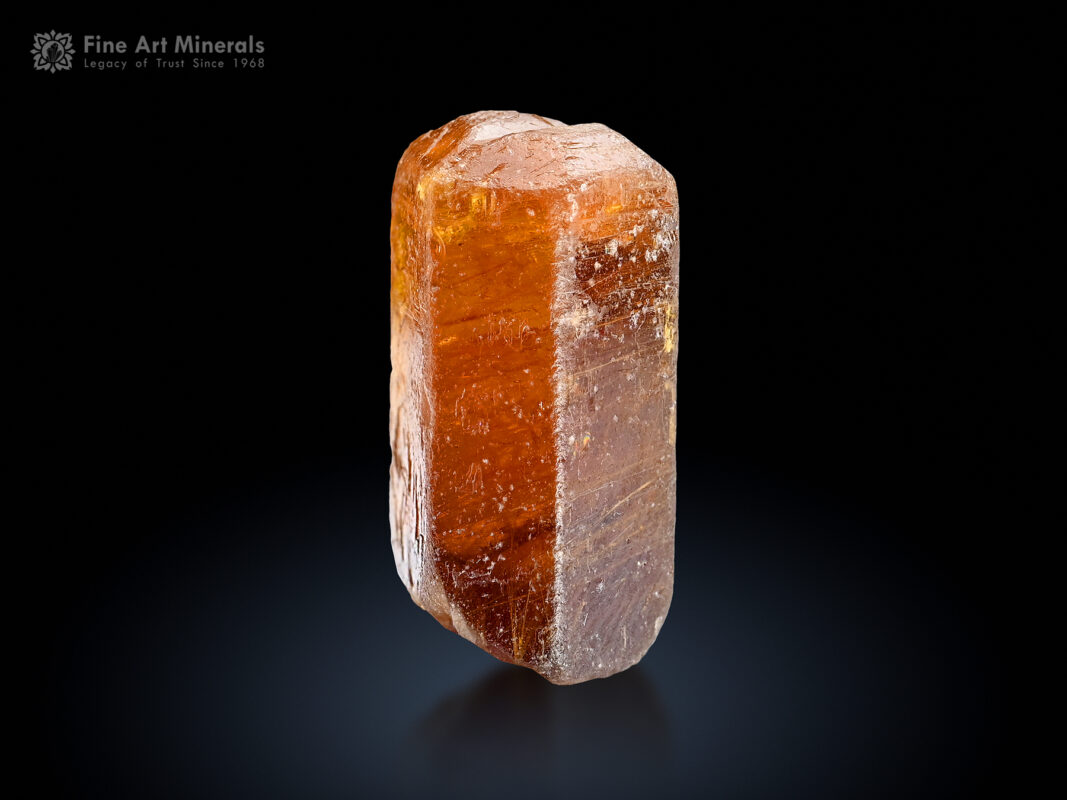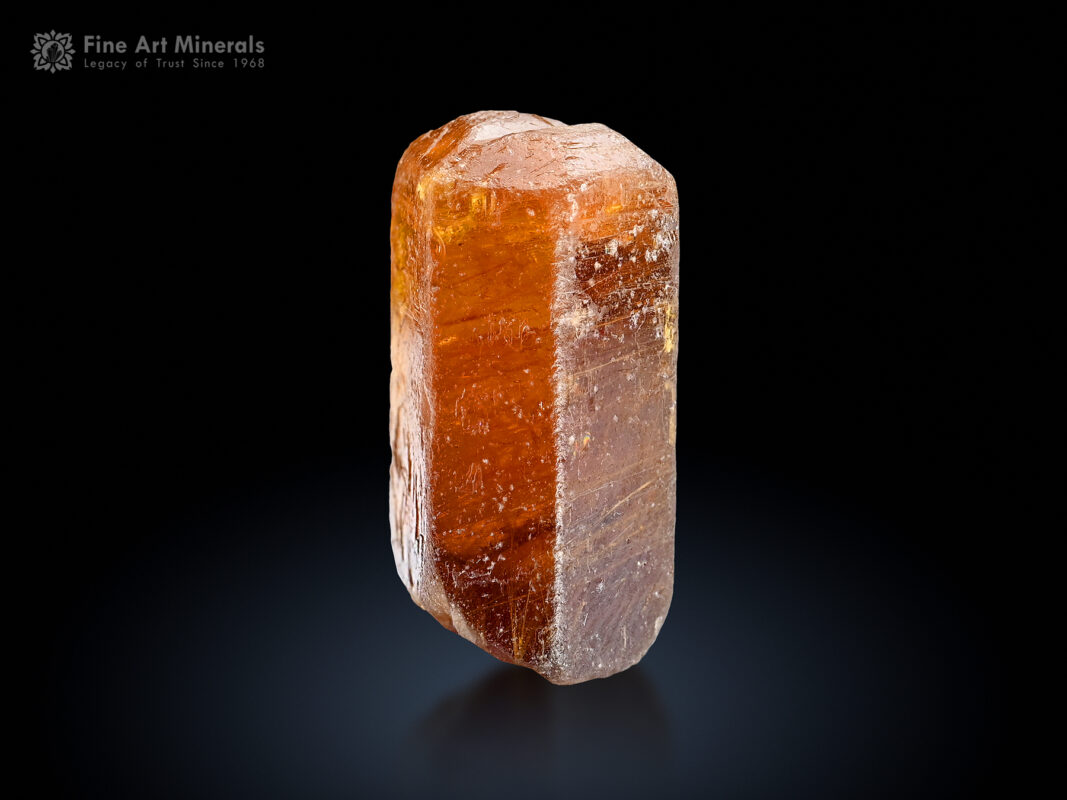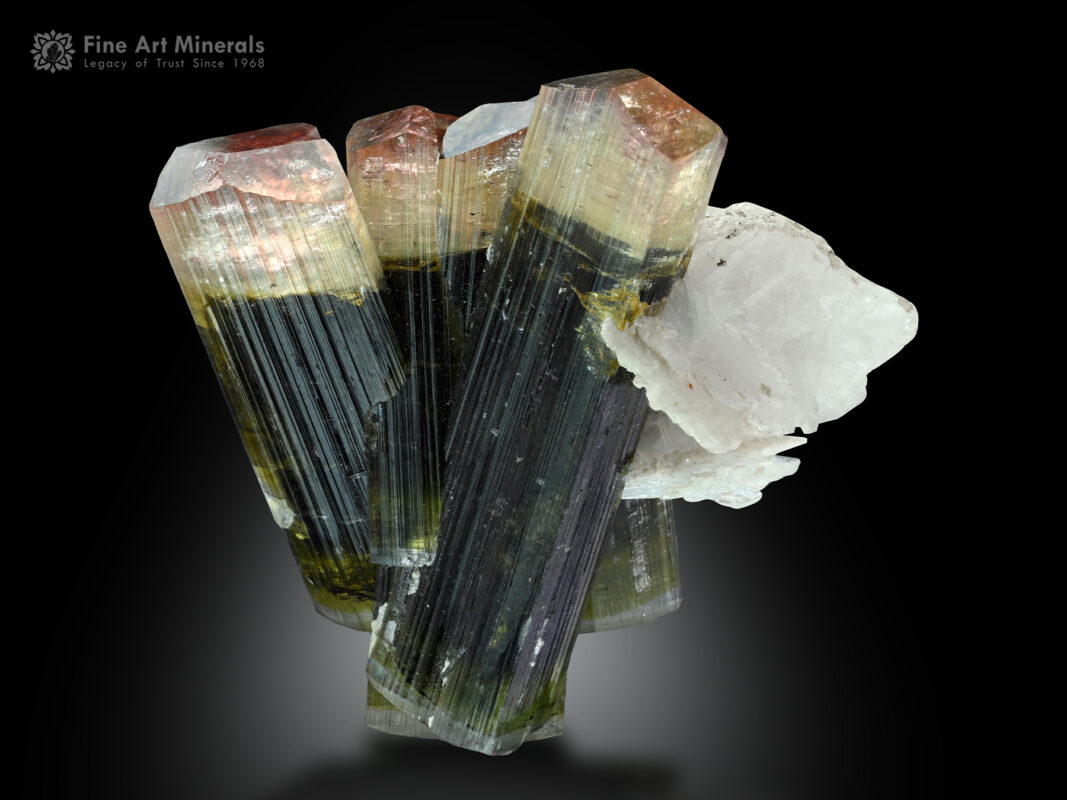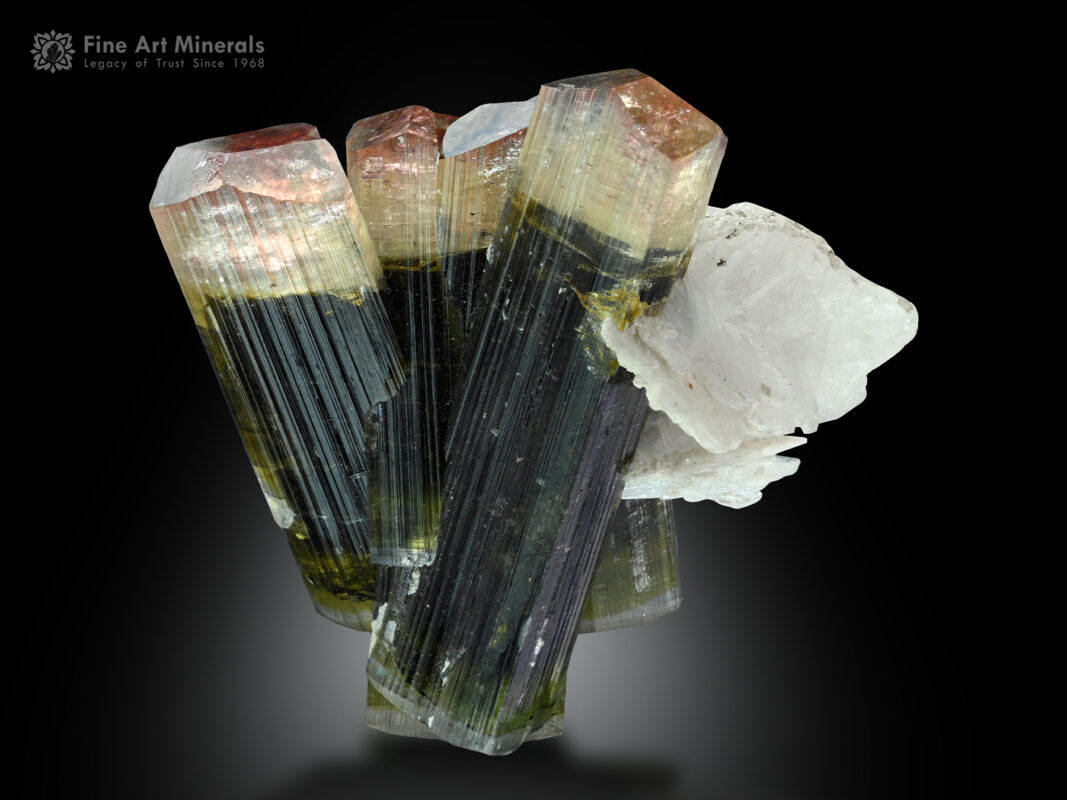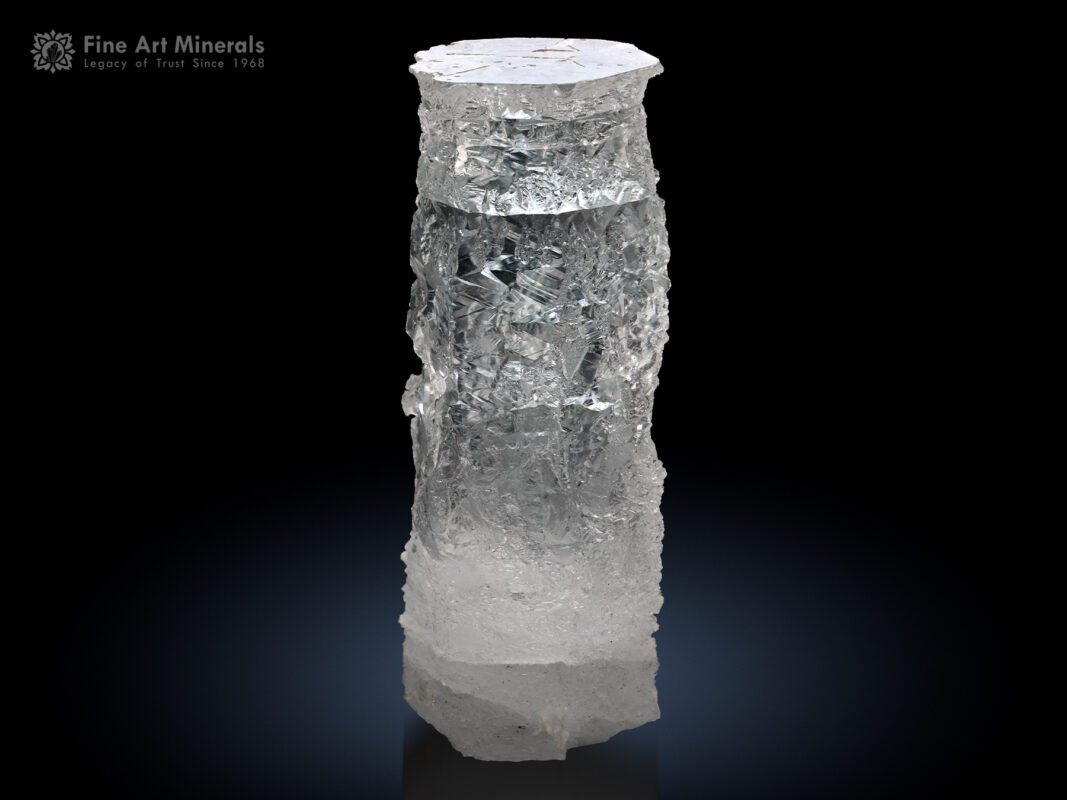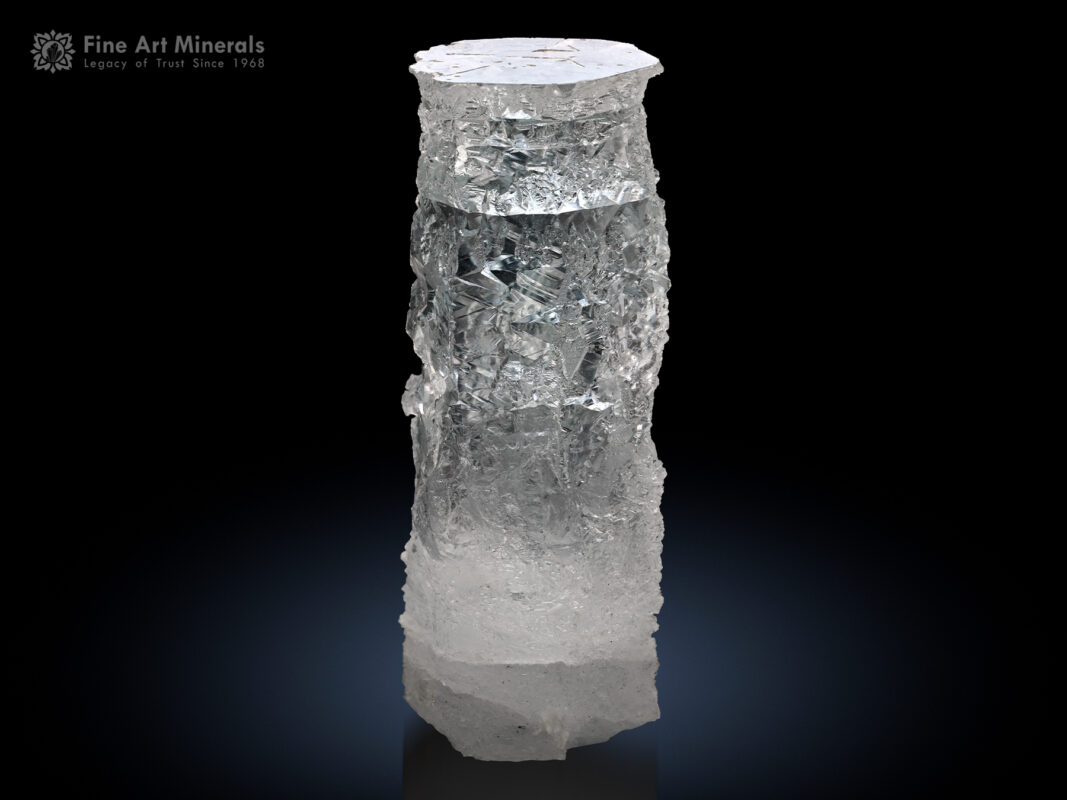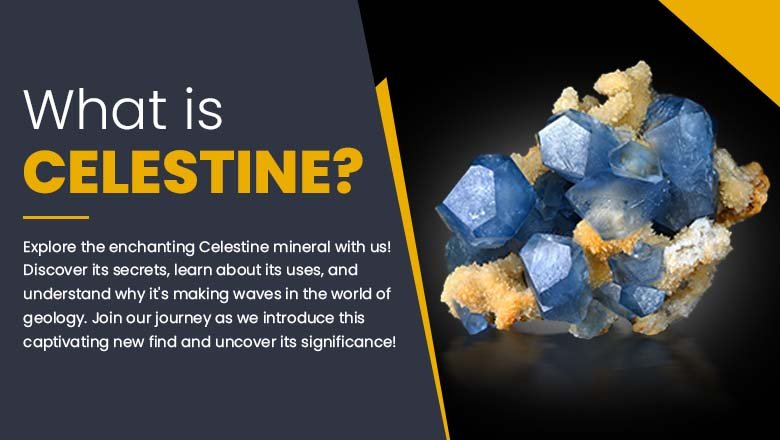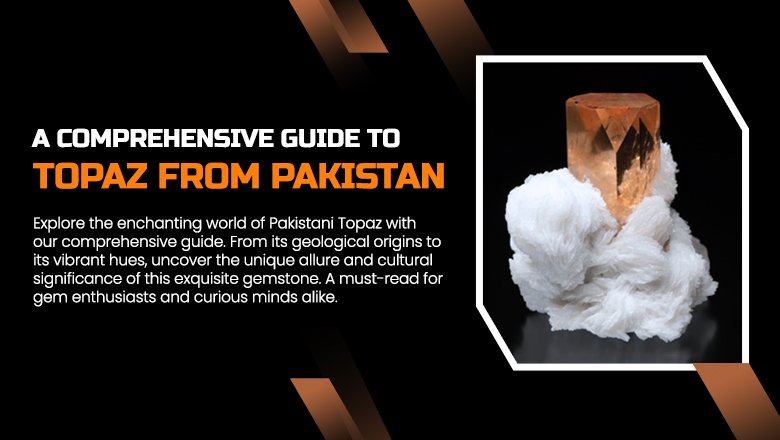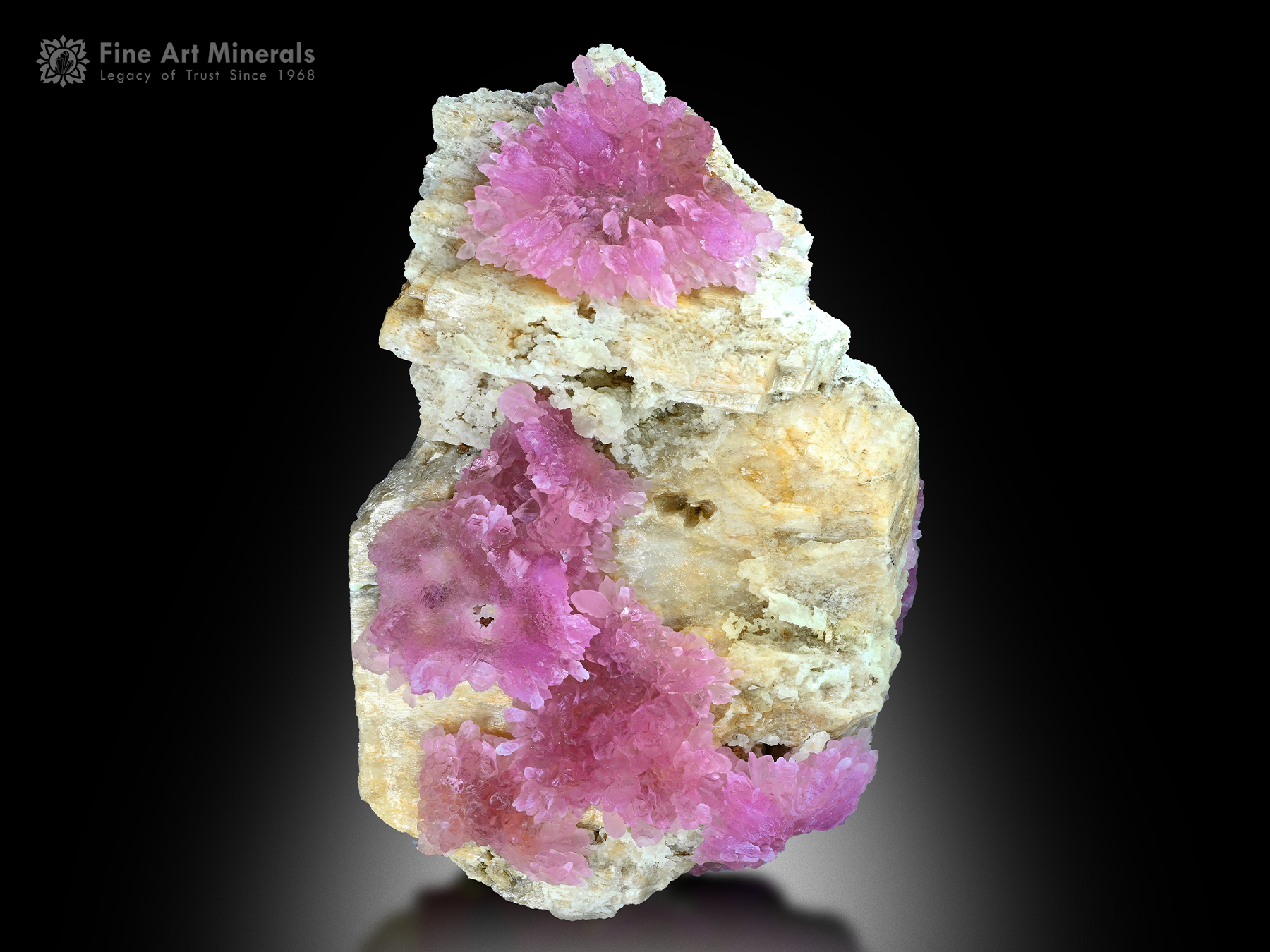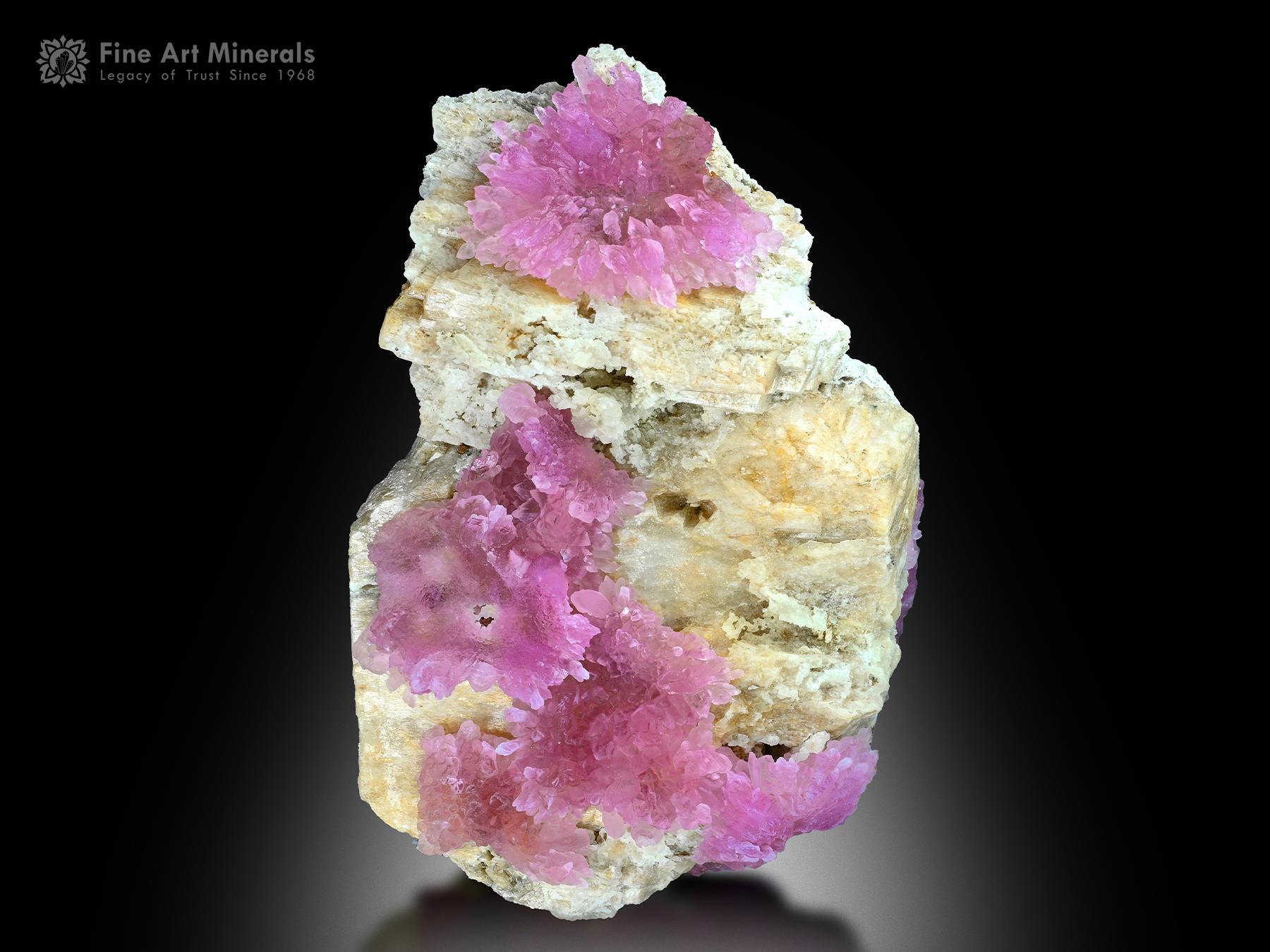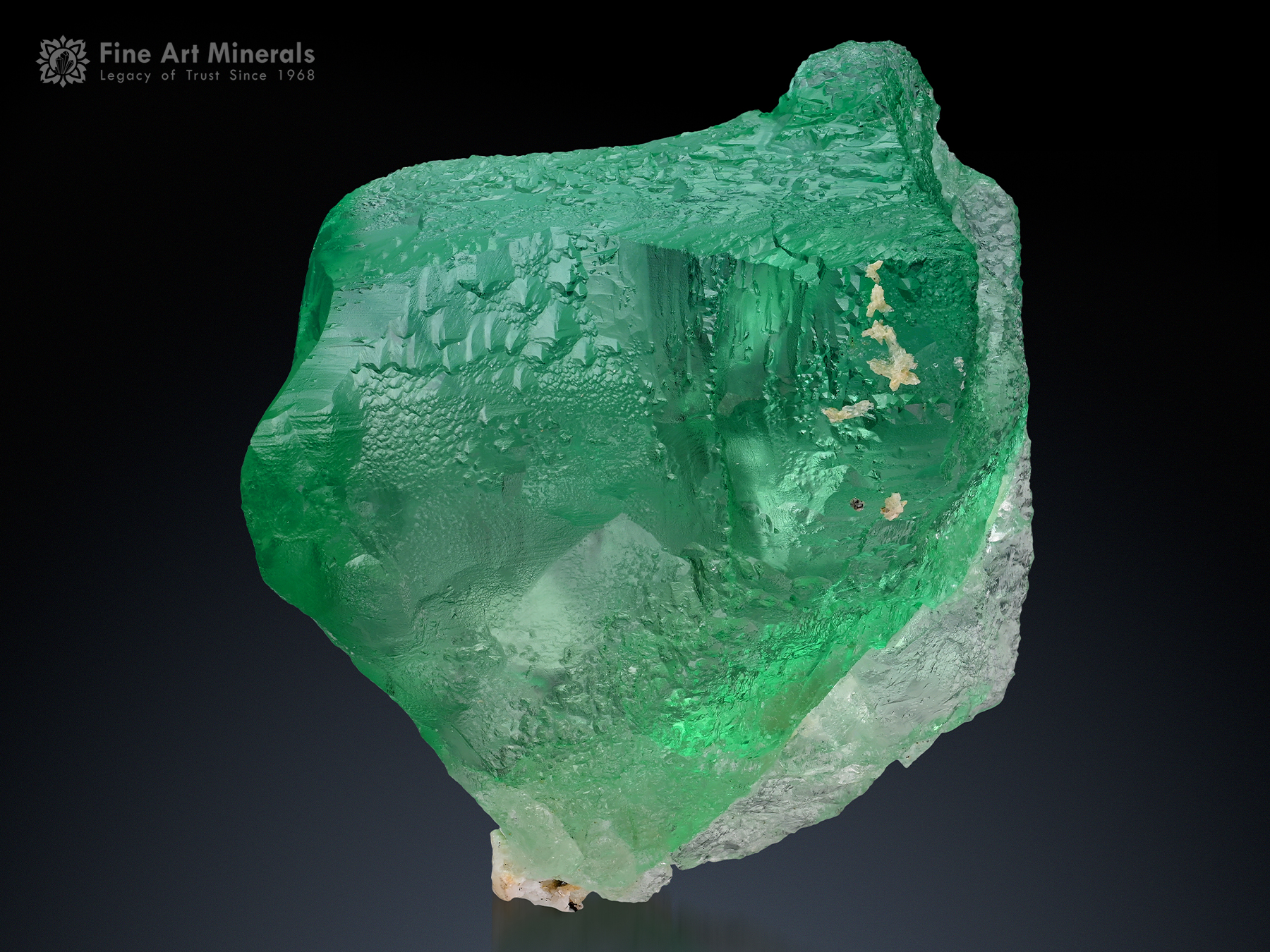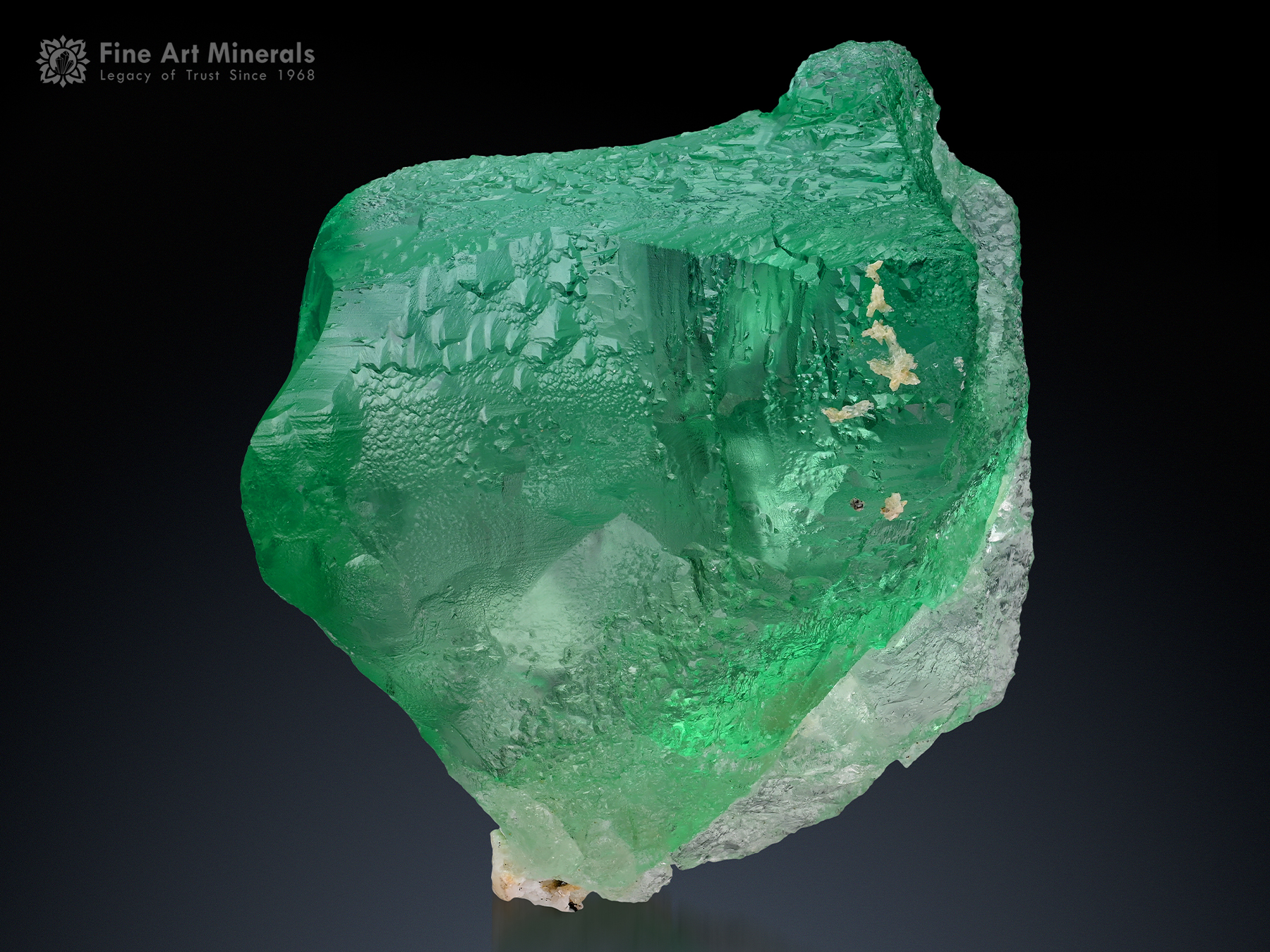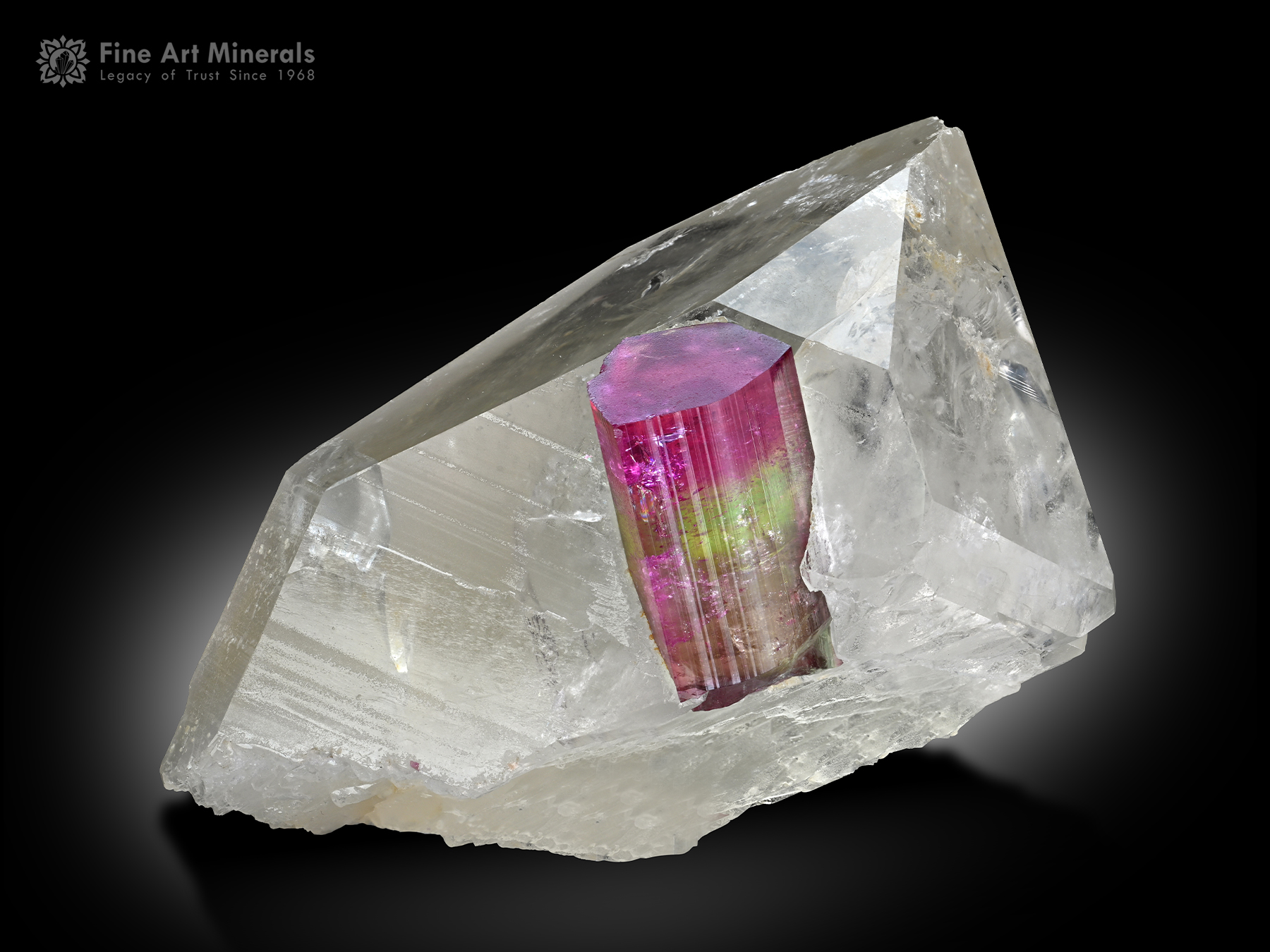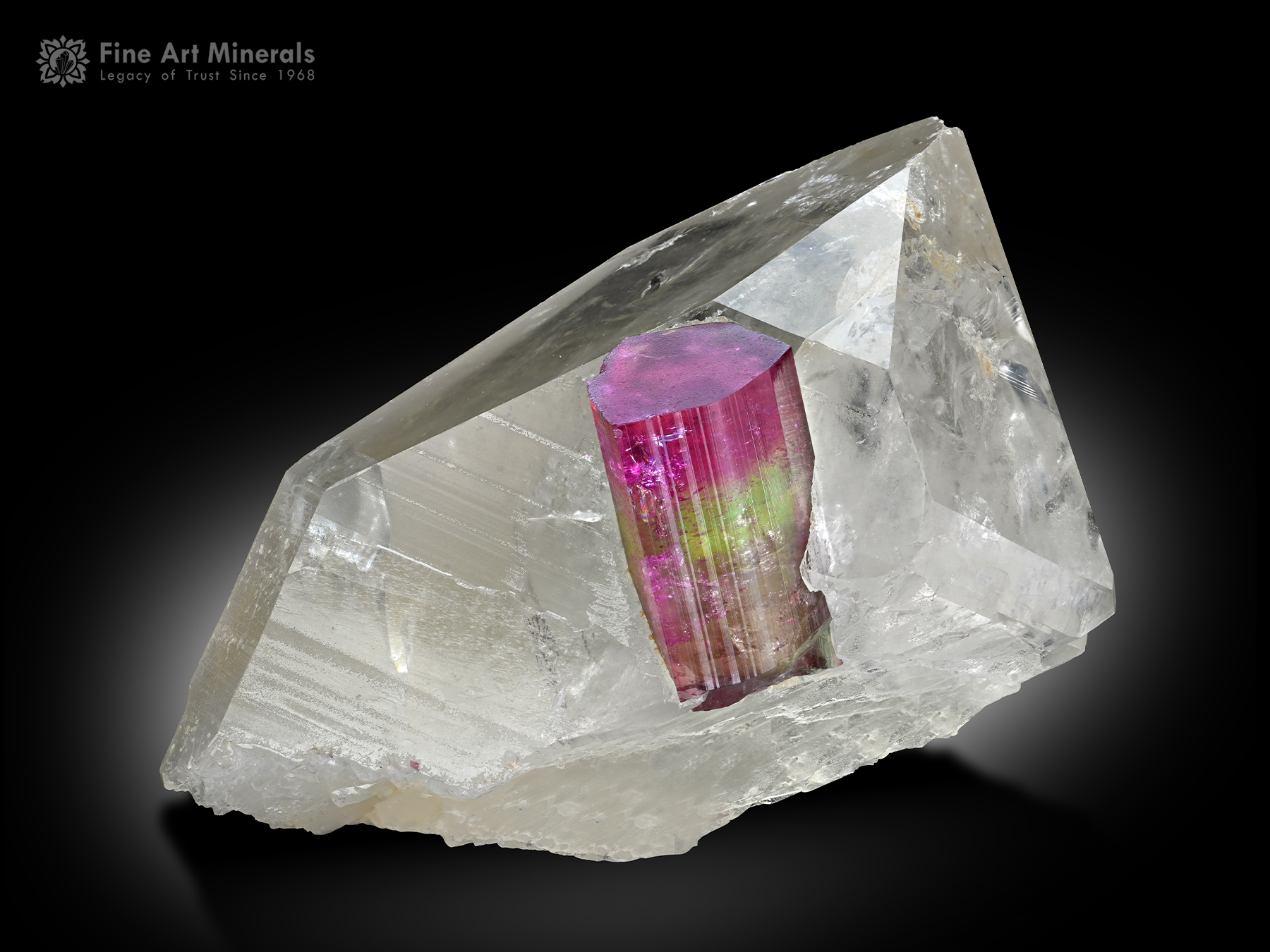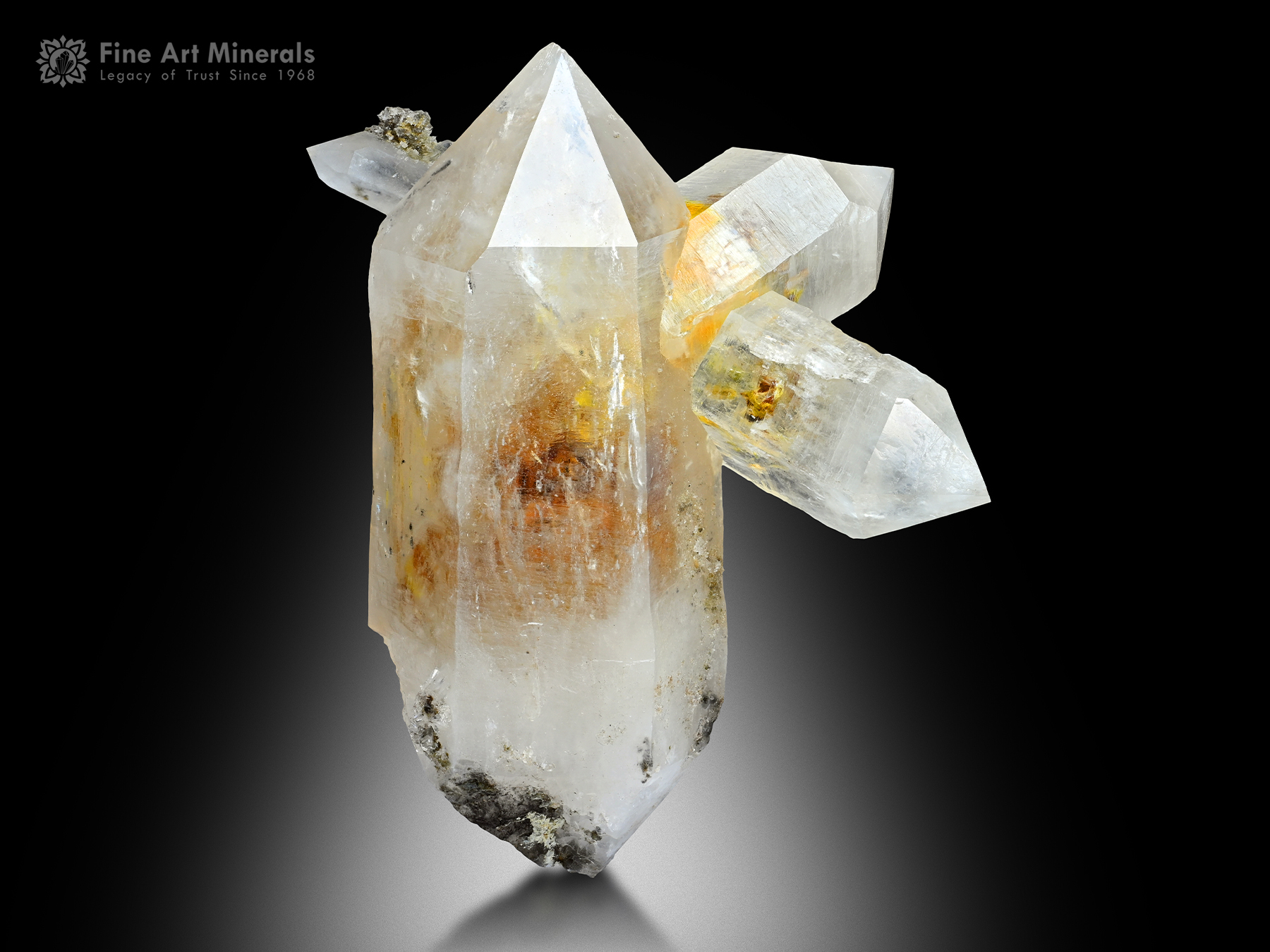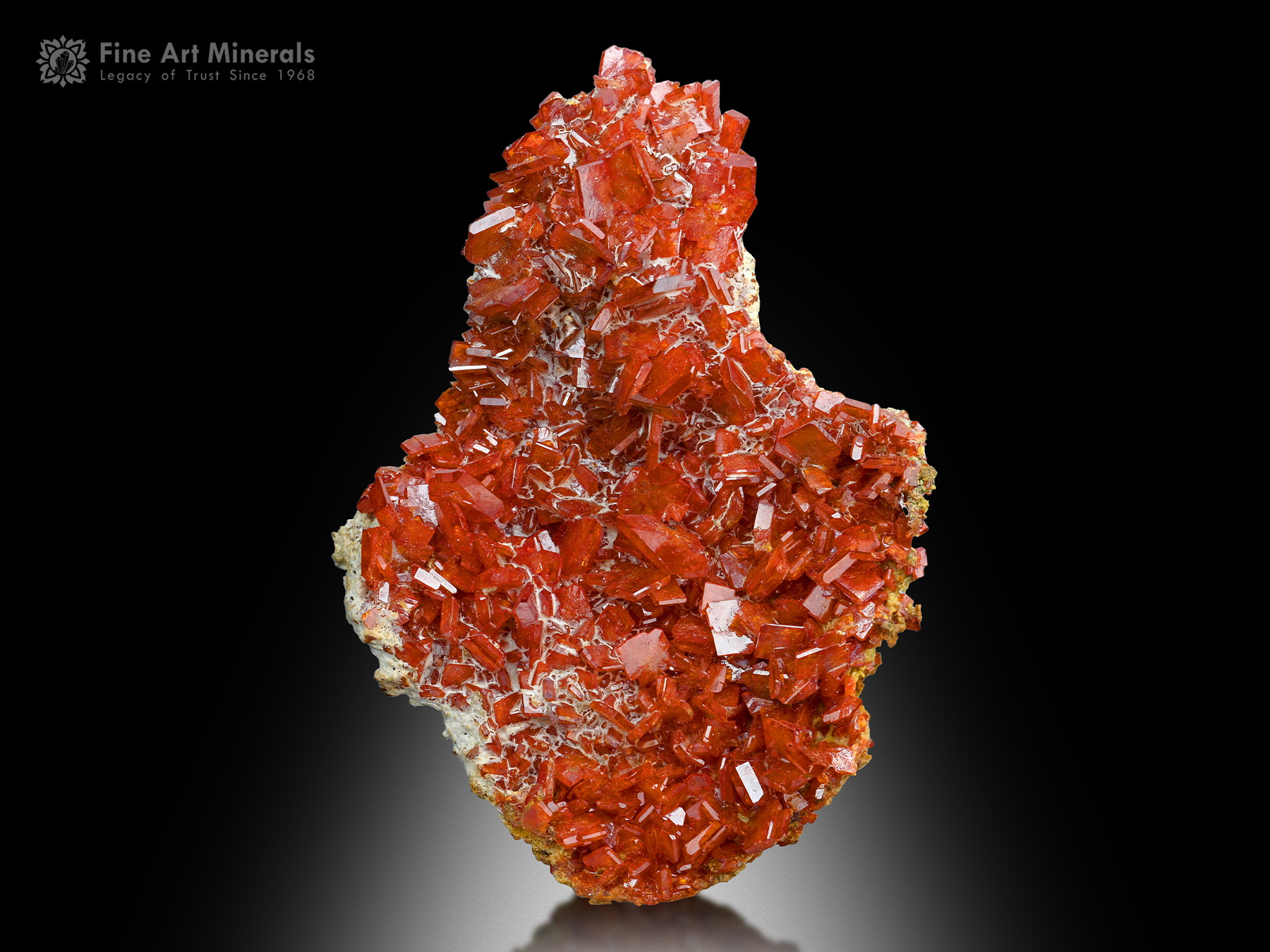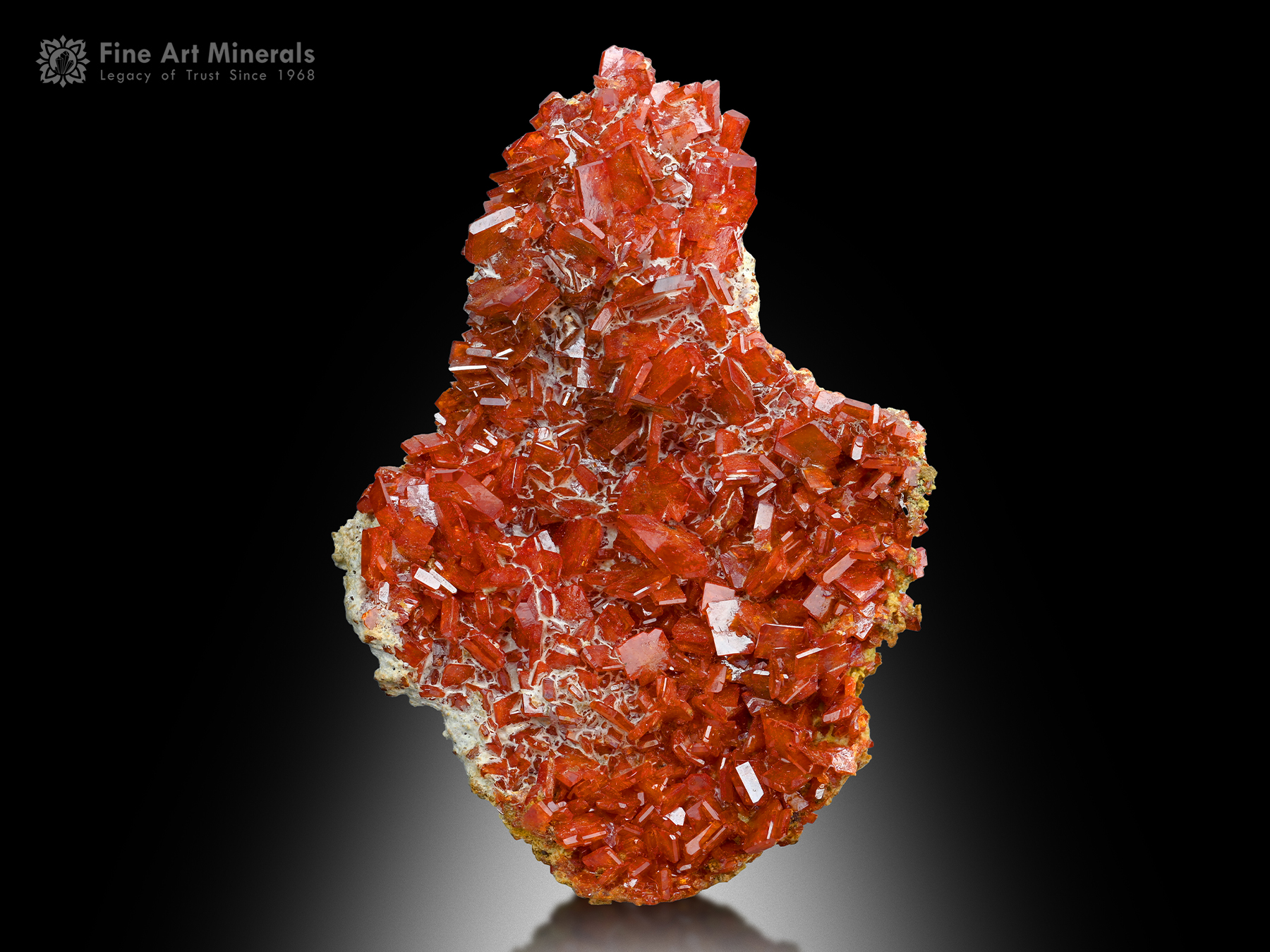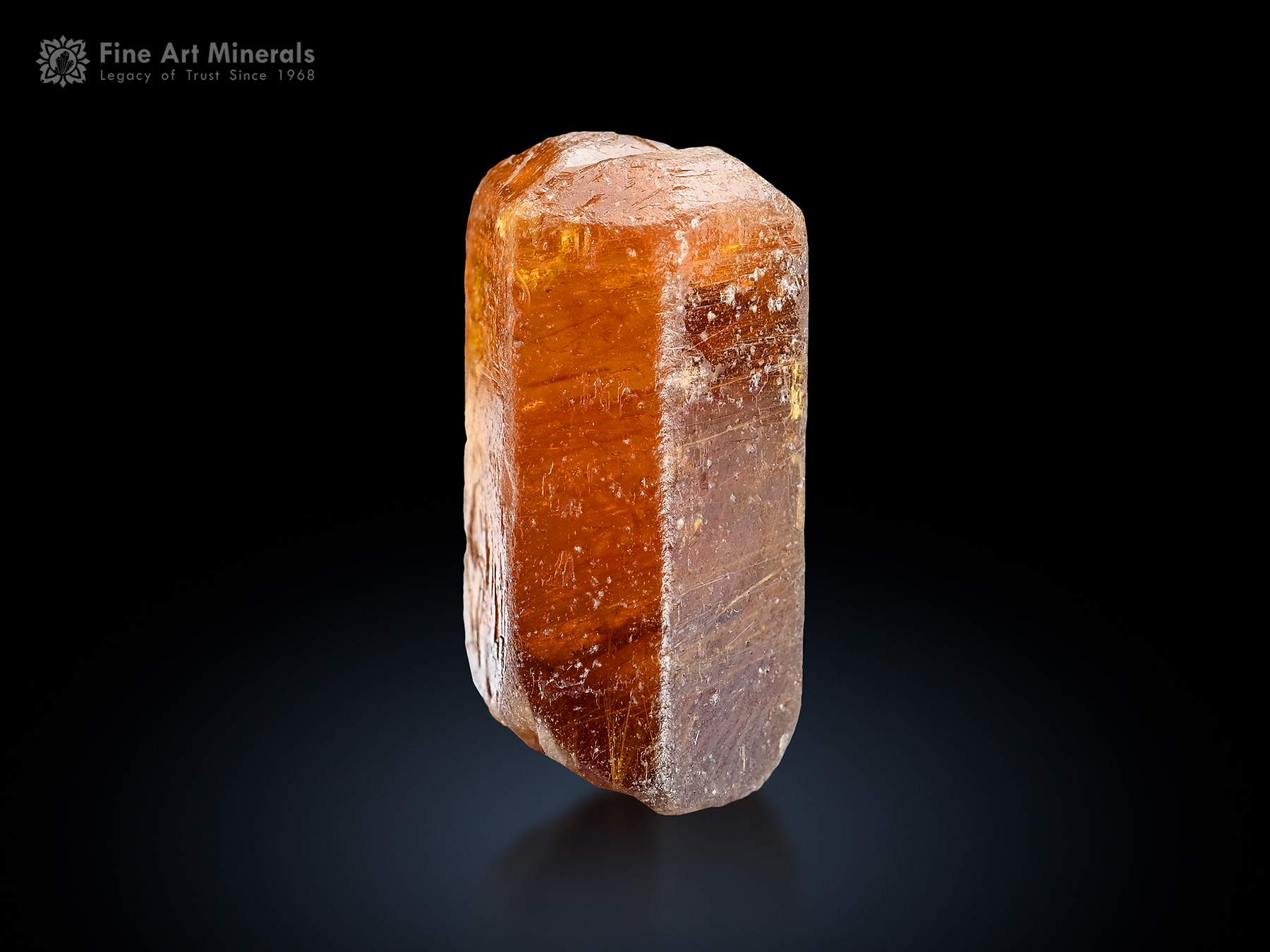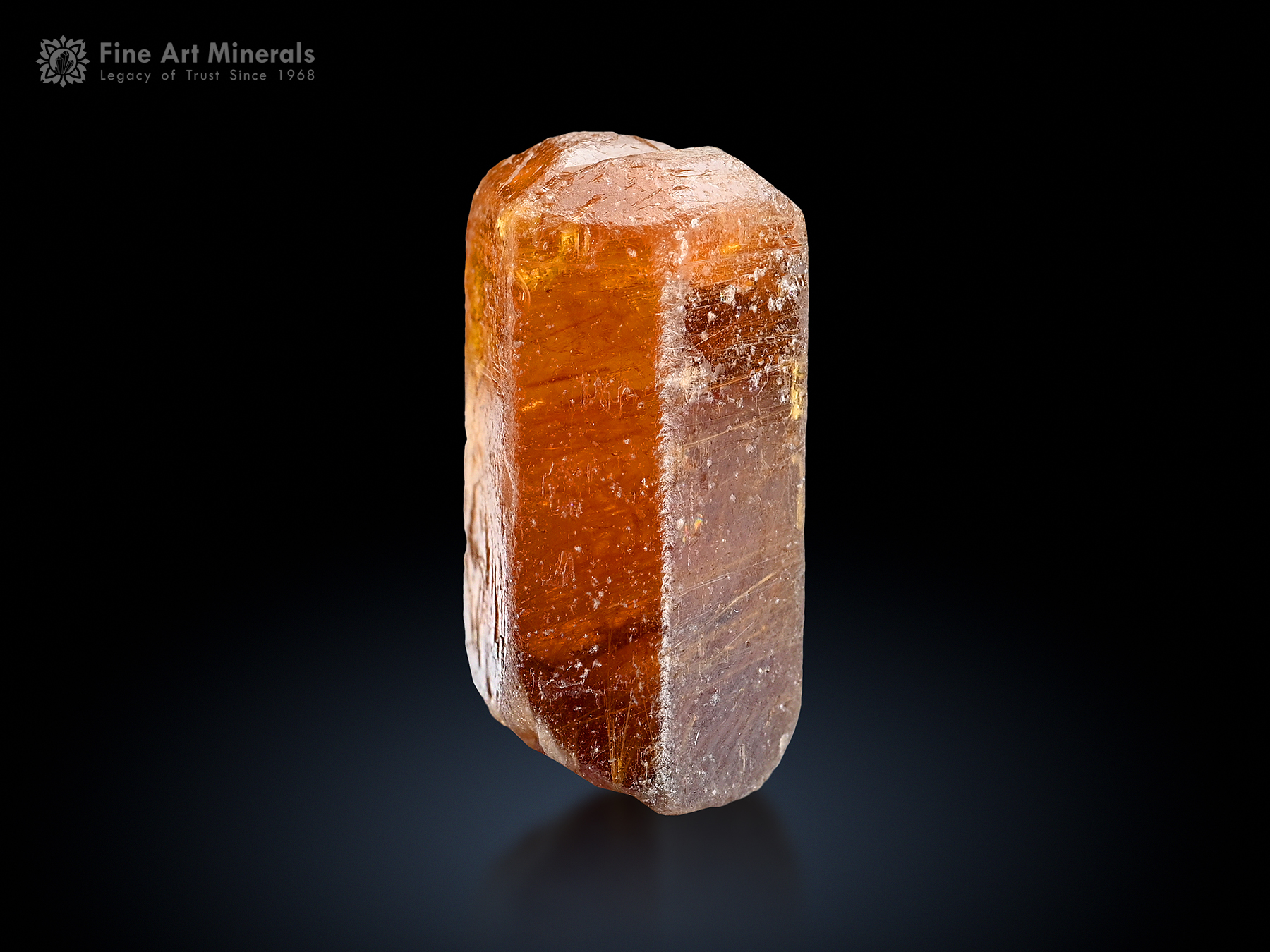Welcome to a captivating exploration of the Minerals of Pakistan, where the earth hides its precious treasures in the form of minerals.
Nestled in the heart of South Asia, Pakistan boasts a geological landscape that is not only breathtaking but also rich in a variety of precious minerals. From vibrant aquamarine to mesmerizing tourmaline, these natural treasures have captured the attention of collectors and enthusiasts worldwide.
One particular region that stands out for its mineral abundance is Skardu. Located amidst the majestic peaks of the Karakoram Range in northern Pakistan, Skardu has become synonymous with mineral wonders. Its rugged terrain holds countless hidden treasures within different mines.
Beyond Skardu, various other regions across Pakistan add to the country’s awe-inspiring mineral wealth. The southern province of Baluchistan boasts some of the world’s largest copper and gold deposits, while Khyber Pakhtunkhwa is known for its emerald mines. The vast Thar Desert in Sindh hides vast reserves of coal and lignite.
Pakistan’s unique geology, characterized by its diverse mountain ranges, fertile plains, and arid deserts, creates favorable conditions for the formation of these precious gems and minerals over millions of years. Rich in history and natural resources, Pakistan has attracted explorers and mining companies from around the globe who are fascinated by its untapped potential.
Table of Contents
Toggle1. Introduction to the Minerals of Pakistan:
Whether you’re an avid collector or simply fascinated by Earth’s incredible diversity, join us as we embark on a journey through Pakistan’s mineral-rich landscapes. Discover the stories behind each gemstone, unravel their origins within this remarkable land, and delve into their cultural significance locally and globally.
From breathtaking beauty to economic significance, Pakistan’s minerals have a tale to tell. So fasten your seatbelts as we explore this treasure trove together!”
2. Geological Background: Unveiling Pakistan’s Unique Mineral Formation:
Pakistan, with its rich natural resources, is blessed with a diverse geological history. The country is located at the crossroads of various tectonic plates, resulting in a complex geology that has influenced the formation of different minerals found within its borders.
Over millions of years, intense geological processes such as plate tectonics, volcanic activity, mountain building, and erosion have shaped the Pakistani landscape.
The collision between the Indian subcontinent and the Eurasian plate led to the formation of the majestic Himalayan range in the north, while other mountain ranges like Karakoram and Hindu Kush were also uplifted.
These dynamic geological forces created ideal conditions for the formation and deposition of mineral-rich rocks.
The collision between the two plates resulted in immense pressure and heat that caused rocks to melt, forming magma chambers deep beneath the surface.
As this magma cooled and solidified over time, it gave rise to an array of minerals that we find today.
The Skardu region in particular boasts a treasure trove of minerals due to its unique geographic location and geological history.
This area was once part of ancient seabeds where sediments accumulated over time. Subsequent tectonic movements lifted these sediments above sea level, allowing them to undergo metamorphism – a process where minerals are transformed under high heat and pressure.
This combination of factors has led to a remarkable diversity of minerals found across Pakistan. From dazzling aquamarine crystals in Skardu to vibrant tourmaline specimens in various mines around the country, Pakistan’s mineral wealth is genuinely awe-inspiring.
3. Overview of Mineral Resources in Pakistan:
Pakistan, with its rich geological history, is home to a diverse range of minerals. From precious minerals gems to industrial minerals, the country boasts a treasure trove of valuable resources. Let’s explore some of the remarkable minerals found in Pakistan:
1. Aquamarine from Pakistan:


Known for its beautiful blue-green hues, aquamarine is found in various regions of Pakistan. This captivating mineral brings a sense of calmness and is highly sought after in the jewelry industry worldwide.
2. Tourmaline from Pakistan:
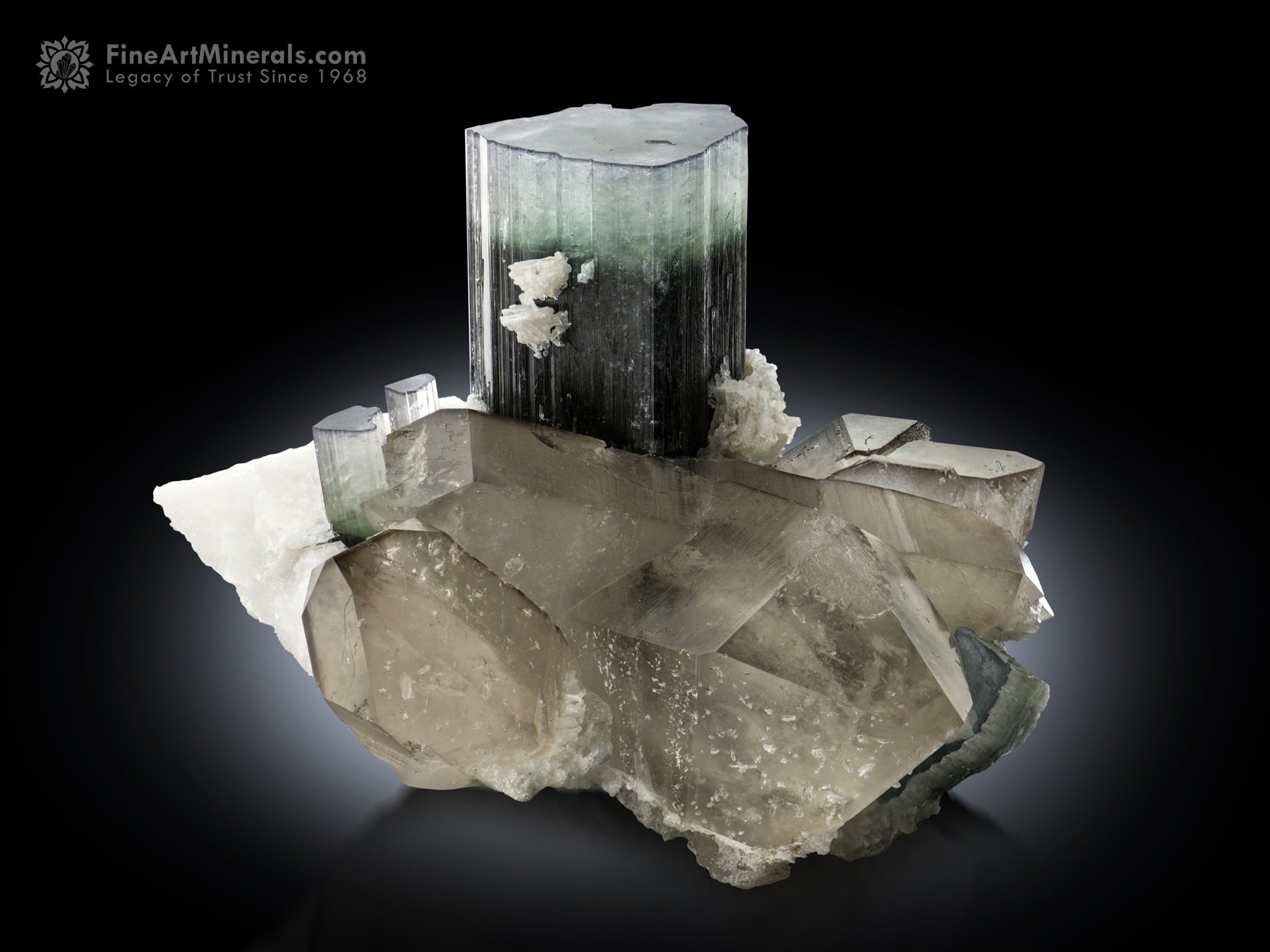

Pakistani tourmalines are renowned for their vibrant colors and exceptional clarity. From deep greens to bright pinks, these minerals are loved for their exquisite beauty and are considered collectors’ items.
3. Peridot from Pakistan:
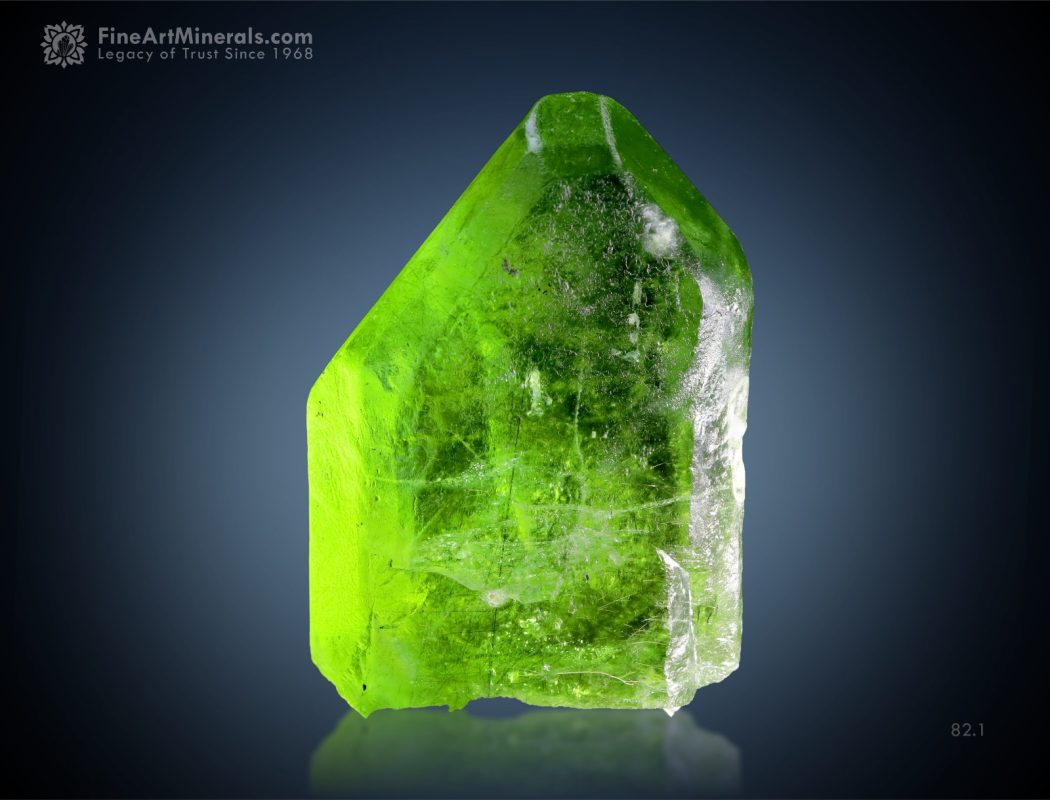

The land of Pakistan yields high-quality peridots, also known as “the green gem of the East.” These lime-green gemstones symbolize renewal and growth and have been treasured for centuries.
4. Quartz from Pakistan:
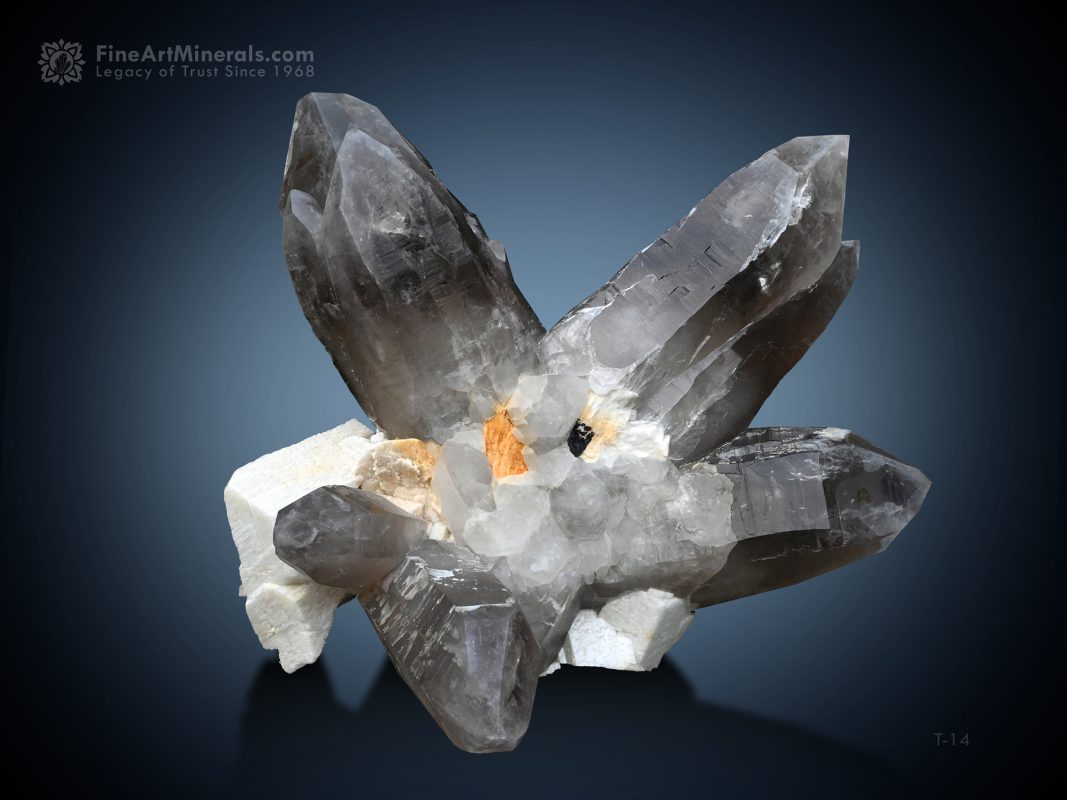

Pakistan showcases an array of quartz varieties ranging from transparent crystals to beautiful smoky quartz specimens. This versatile mineral finds extensive applications in jewelry-making, electronics, and energy-related industries.
5. Emerald from Pakistan:
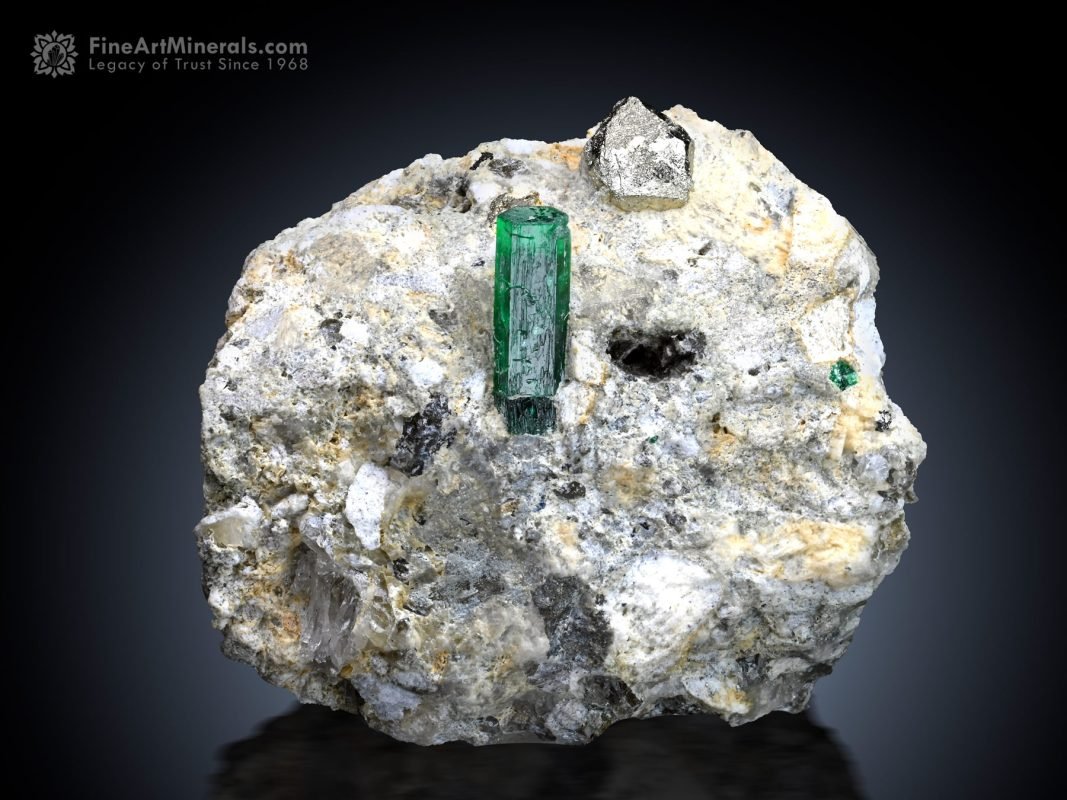

Considered one of the finest emerald sources globally, Pakistan boasts lush green emeralds that exhibit exceptional color and clarity. These precious gems are popular among connoisseurs and jewelry enthusiasts alike.
6. Spessartine Garnet from Pakistan:
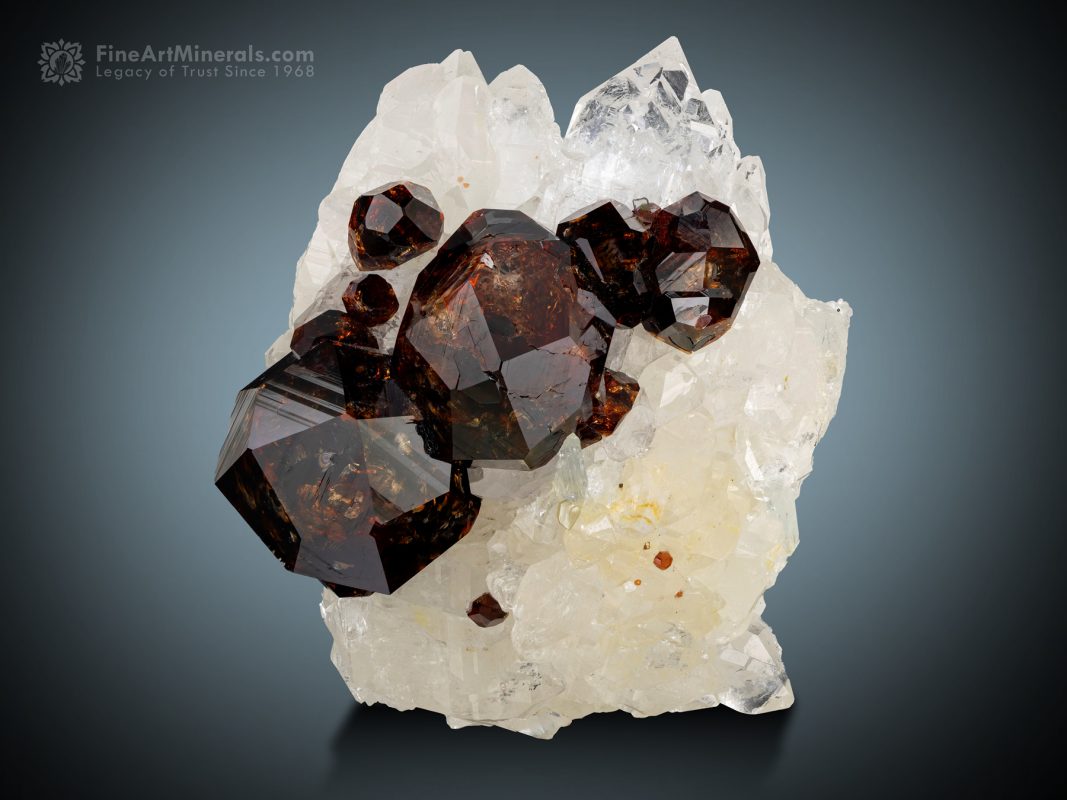

Spessartine garnet, characterized by its fiery orange-red color, can be found in certain regions of Pakistan. This rare variety adds a touch of elegance to fine jewelry designs and is highly valued by collectors.
7. Topaz from Pakistan:
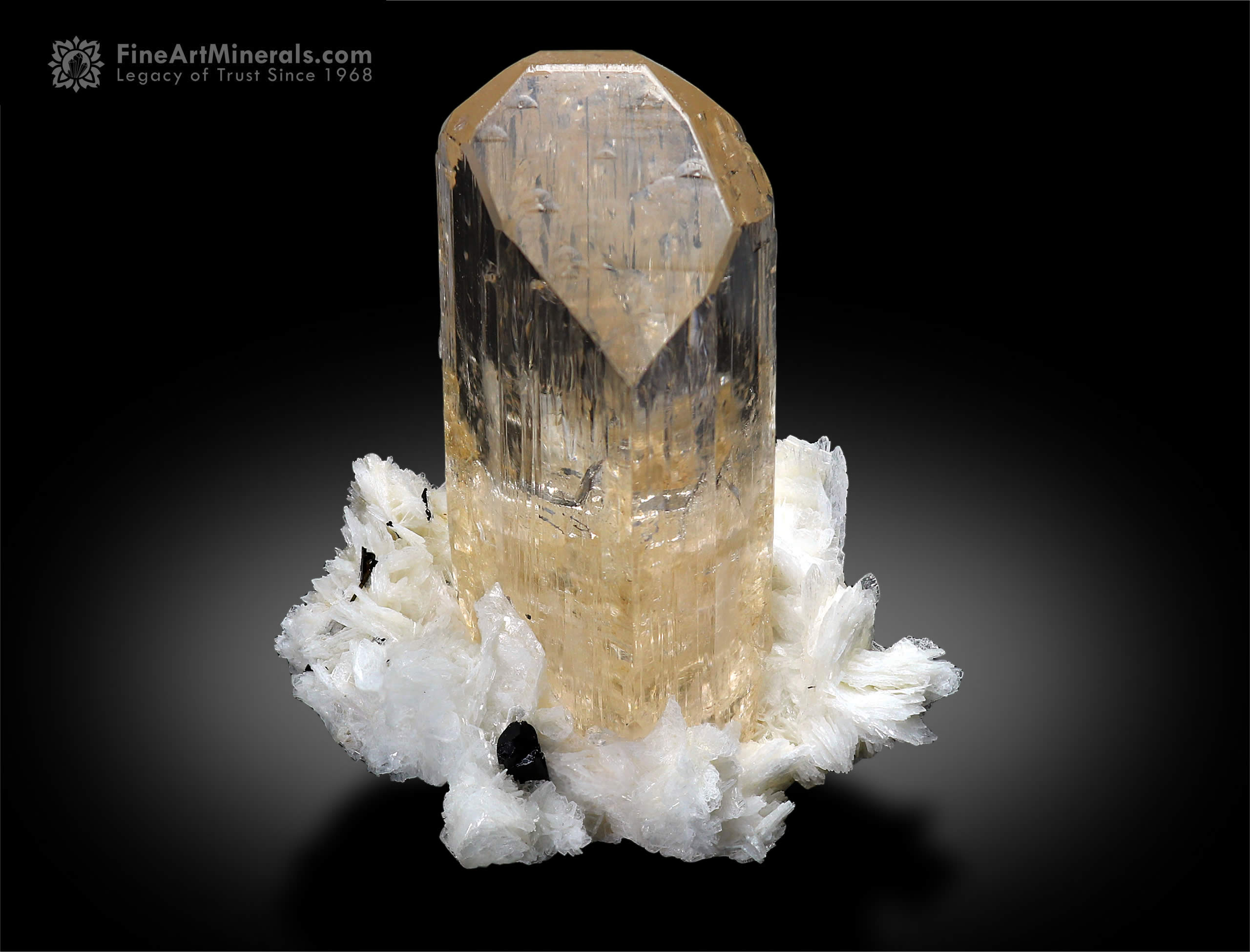

Pakistani topaz showcases mesmerizing shades ranging from pastel to vibrant rose hues. Highly esteemed for its delicate charm, this mineral exudes grace and sophistication.
8. Vayrynenite:
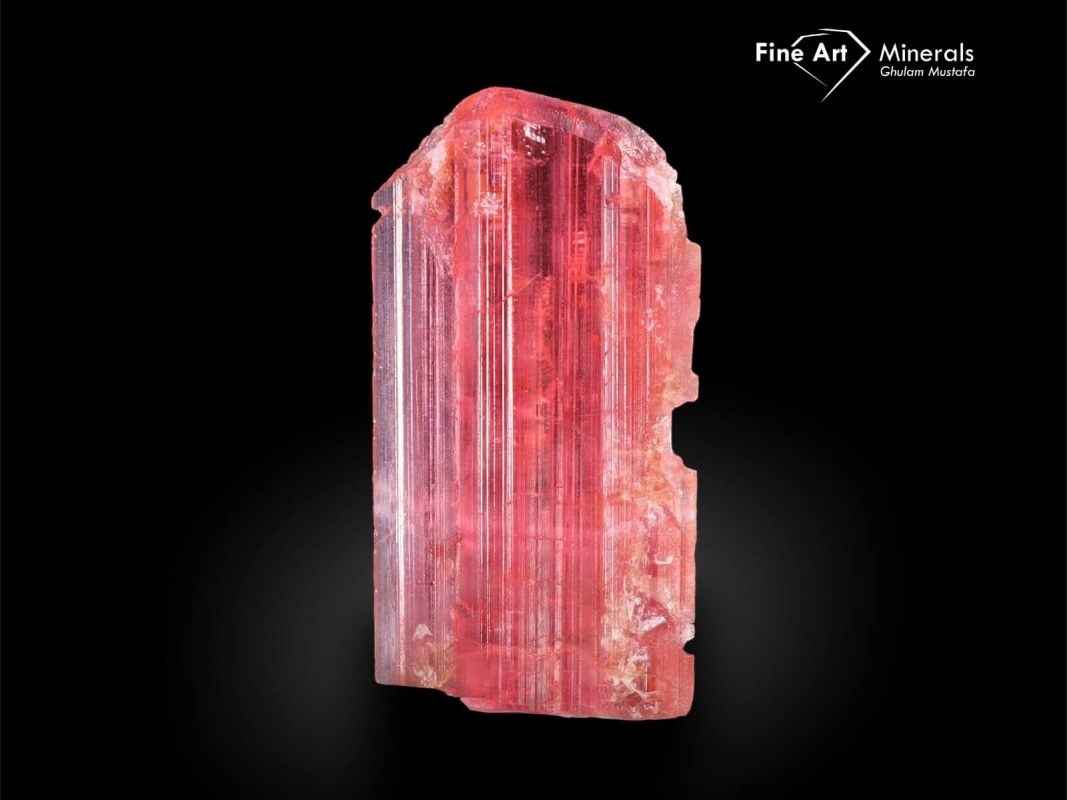

Vayrynenite is a rare phosphate mineral found in certain areas of Pakistan. It is known for its unique pink to reddish-brown coloration and often occurs in granitic pegmatites.
The mineral is named after the Finnish petrologist and mineralogist Pentti Vayrynen.
In Pakistan, Vayrynenite is typically associated with other phosphate minerals in specific geological formations.
9. Brookite:
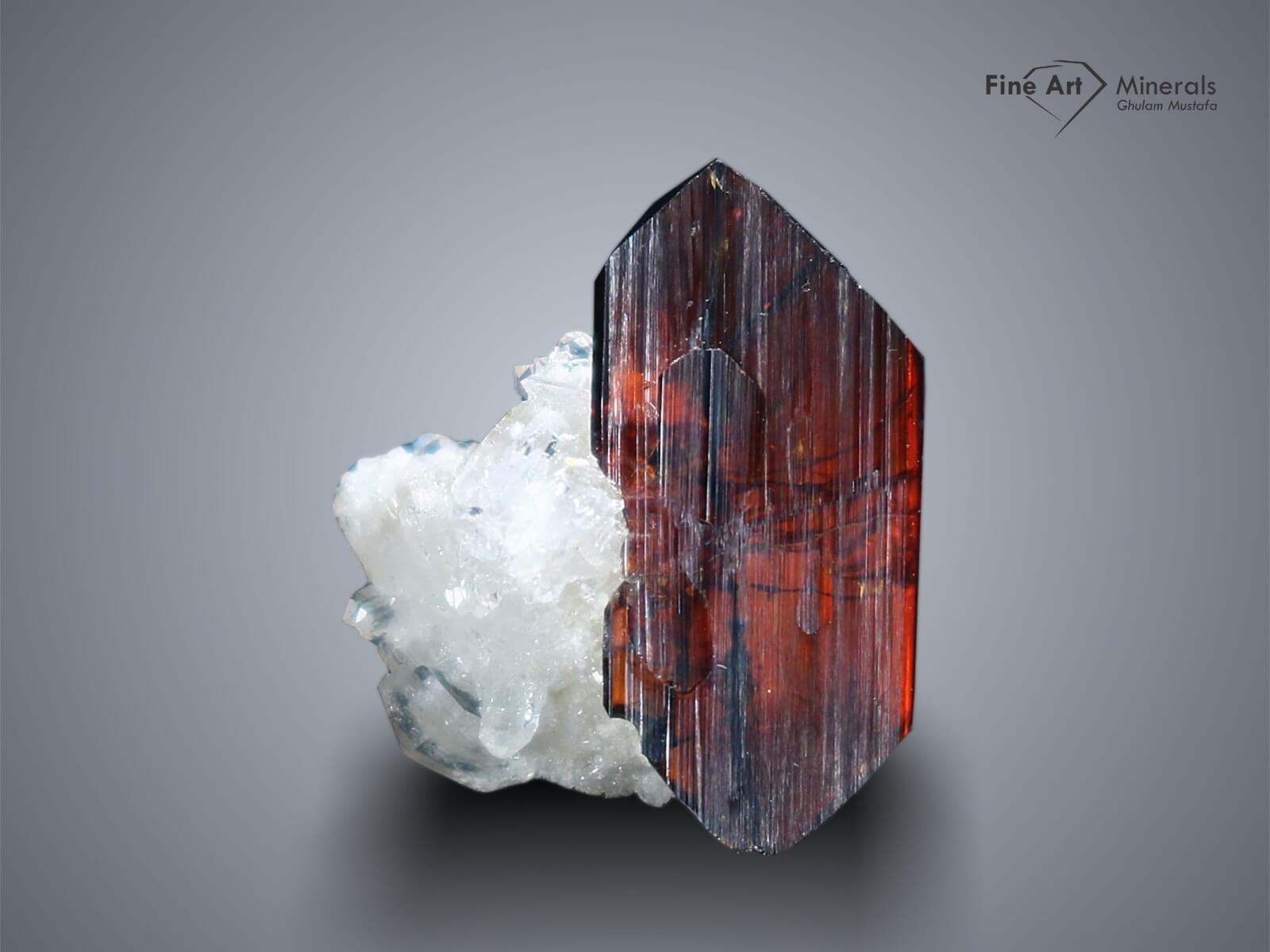

Brookite is one of the three primary forms of titanium dioxide and is relatively uncommon. Found in various parts of Pakistan, including certain regions with metamorphic rocks, Brookite is known for its striking orthorhombic crystal structure.
The mineral can exhibit shades of brown, red, or black and is often discovered alongside other titanium minerals.
10. Anatase:
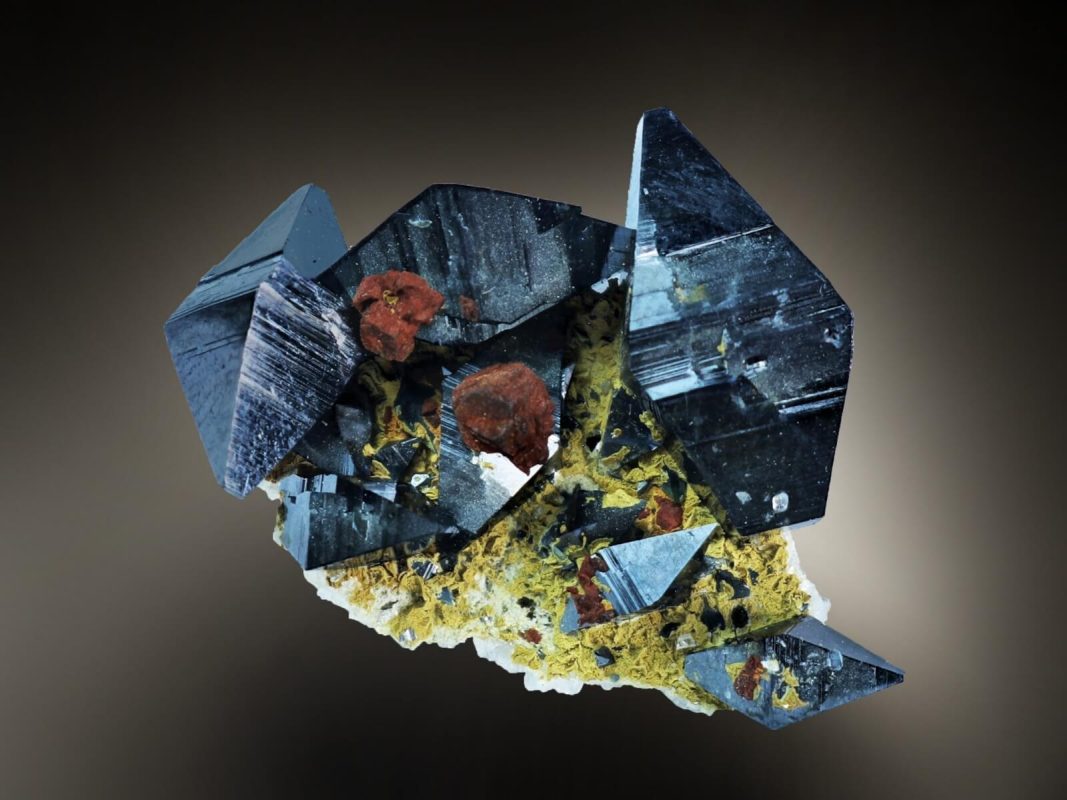

Anatase, another polymorph of titanium dioxide, is frequently found in Pakistan. It usually occurs in hydrothermal veins and is known for its deep blue or black color.
This mineral is a crucial component in the formation of various metamorphic rocks, adding to the geological diversity of the region.
11. Brucite:
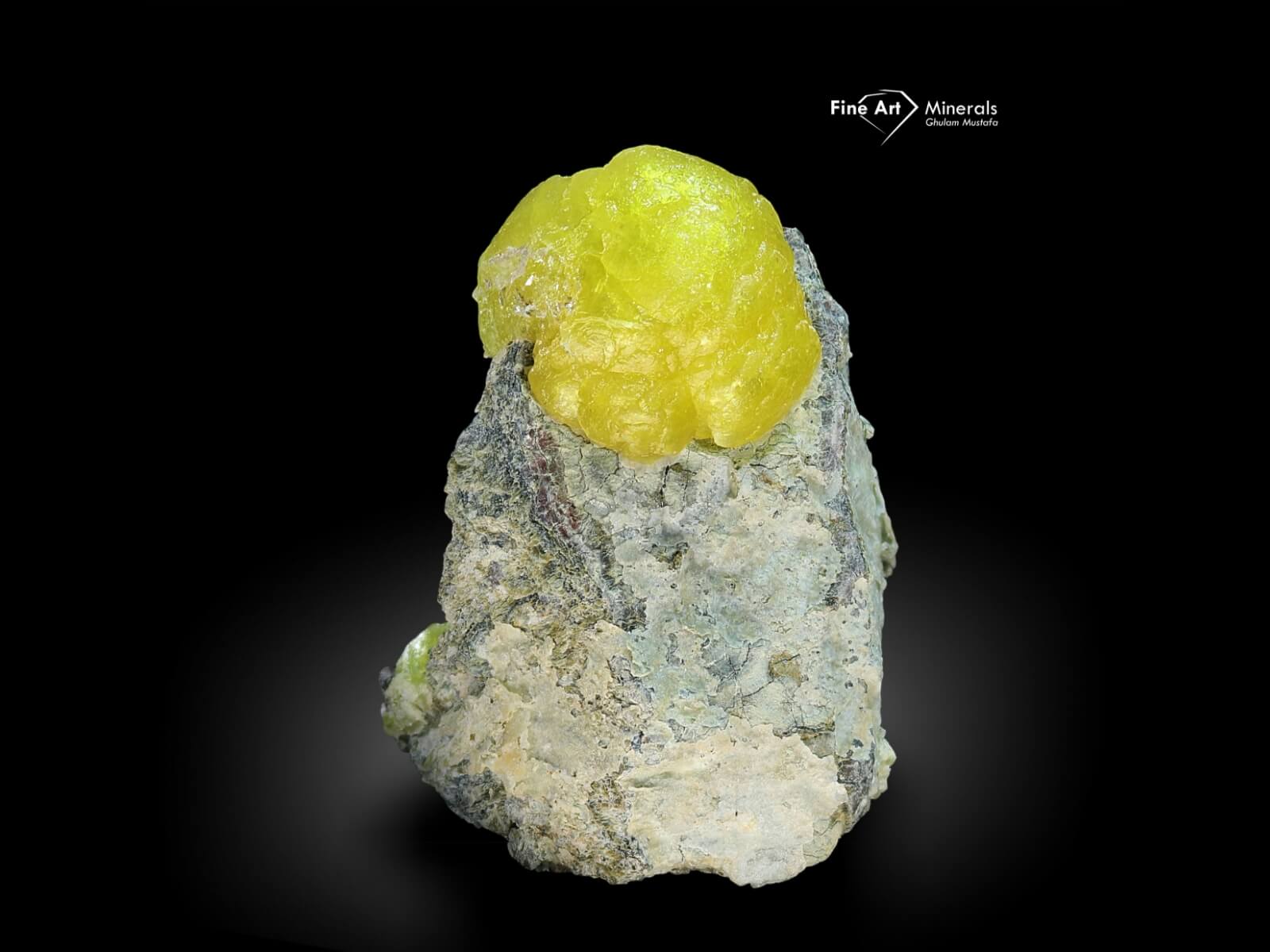

Brucite, a mineral composed of magnesium hydroxide, has been identified in certain deposits in Pakistan.
Known for its distinctive white to light green color, Brucite is often associated with other magnesium-rich minerals.
The mineral is significant not only for its geological role but also for its applications in industrial processes.
12. Pink Topaz:
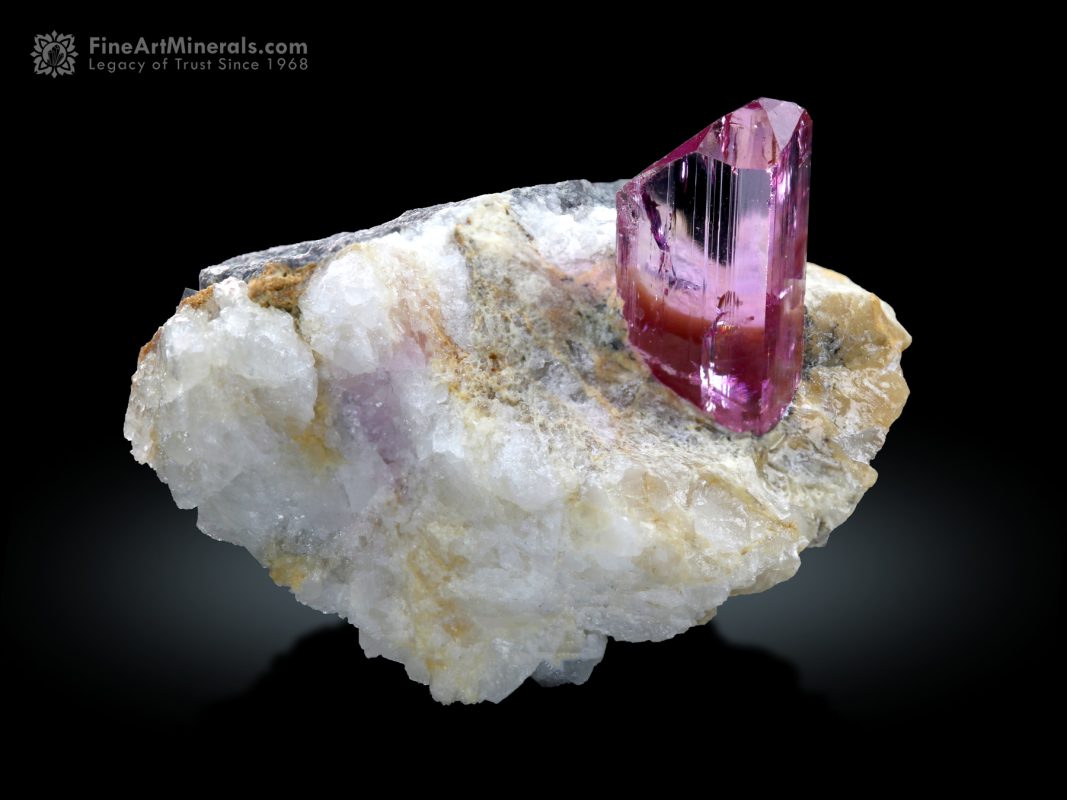

Pakistan is renowned for its beautiful Pink Topaz, a variety of the silicate mineral Topaz.
Mined in the mountainous regions, the captivating pink hues of this mineral make it highly sought after in the jewelry industry.
The Hunza Valley in Pakistan is particularly famous for its deposits of Pink Topaz.
13. Fluorite:
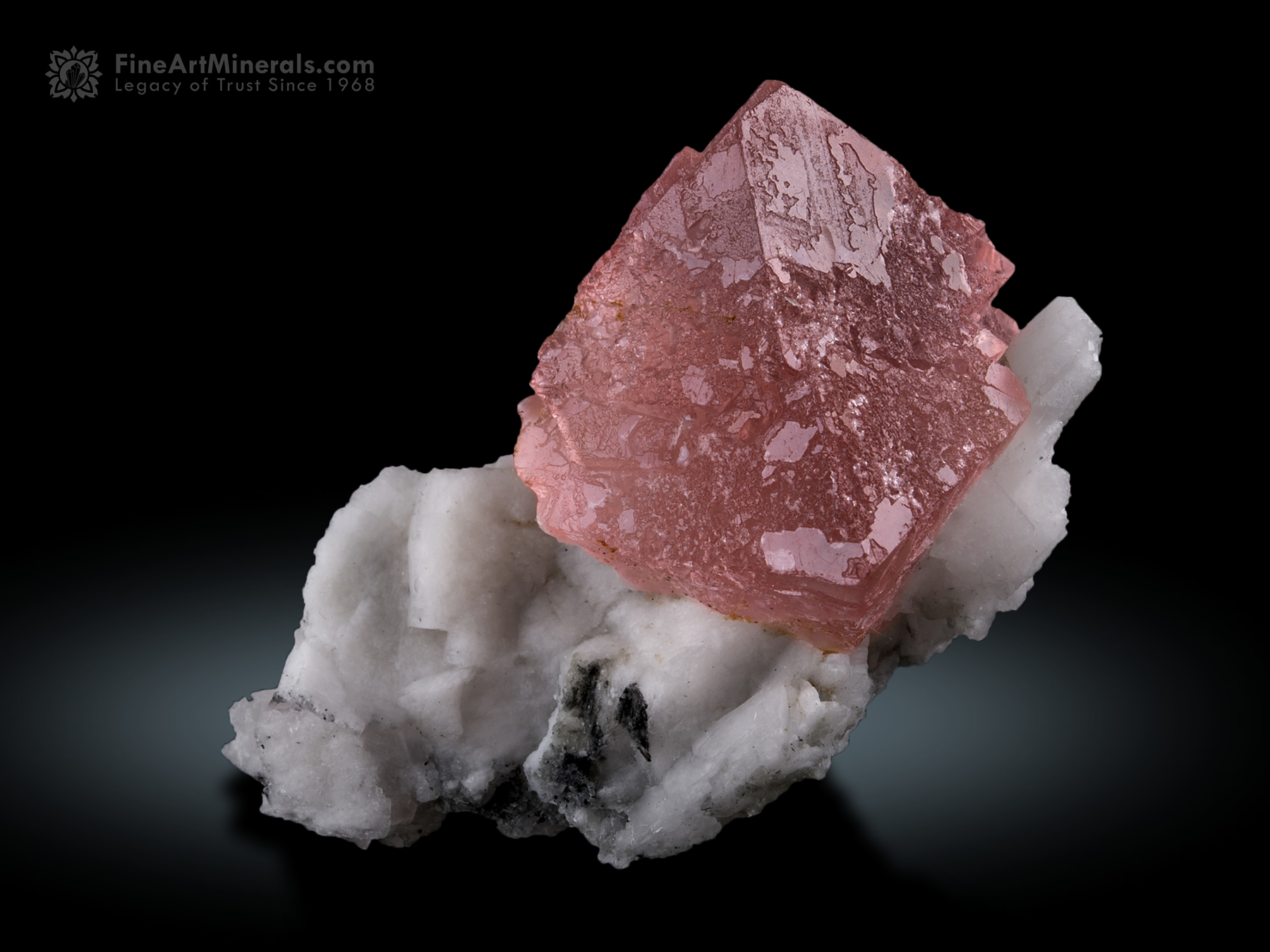

Fluorite, a widely occurring mineral globally, is also found in Pakistan. Known for its vibrant colors and fluorescence under ultraviolet light, Fluorite deposits in Pakistan contribute to both industrial and ornamental uses.
14. Apatite:
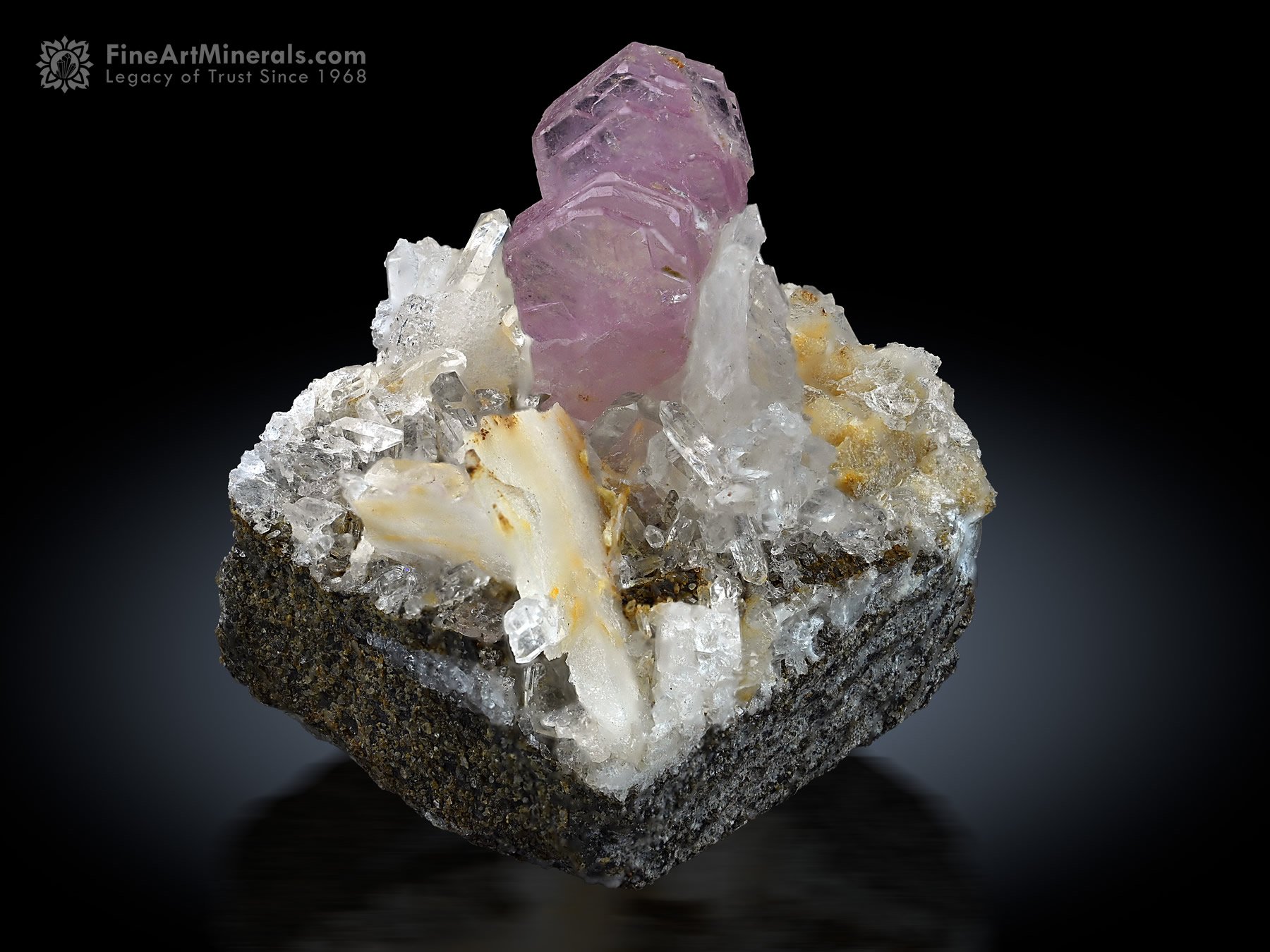

Apatite, a group of phosphate minerals, is present in some geological formations in Pakistan. It often appears in various colors, including green and blue.
Apart from being a significant mineral in itself, Apatite can also be an indicator of the geological processes that occurred in the region.
15. Rutile:
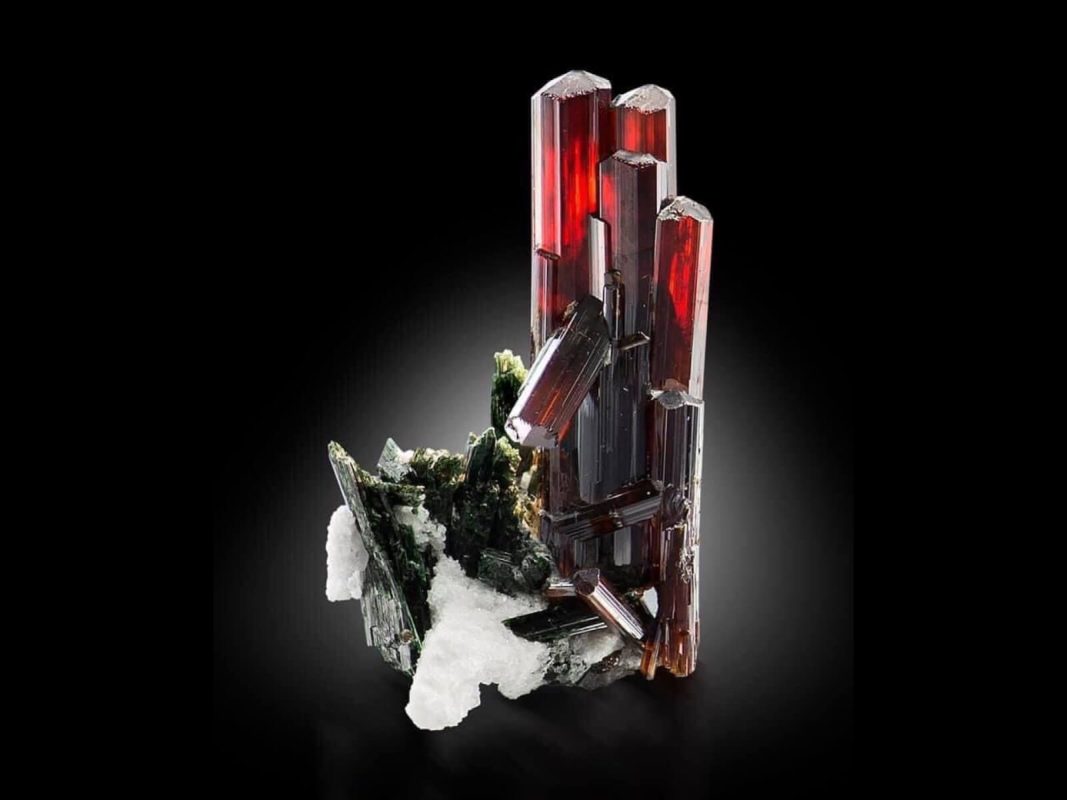

Rutile, a mineral composed primarily of titanium dioxide, is found in certain regions of Pakistan. Recognizable by its distinctive metallic luster and reddish-brown to black coloration, Rutile often occurs in association with other minerals in metamorphic rocks.
16. Rhodochrosite:
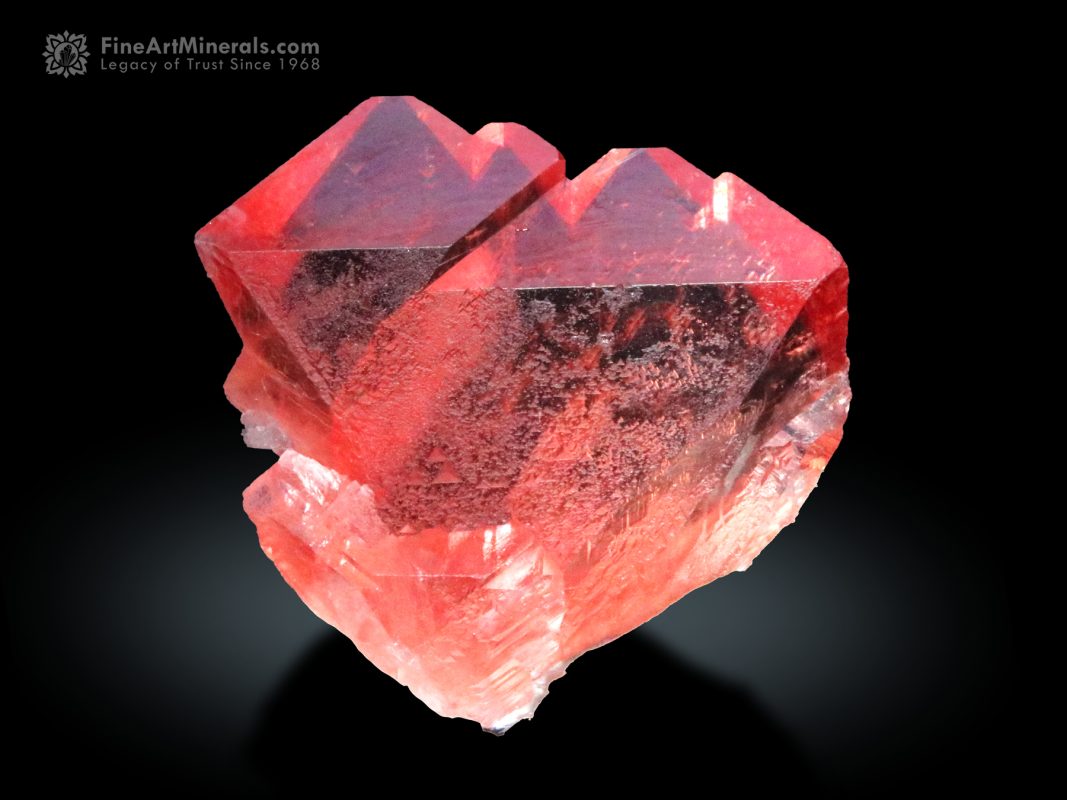

Rhodochrosite, a manganese carbonate mineral, has been identified in some areas of Pakistan. It’s attractive pink-to-red coloration and distinctive banding patterns make it a desirable mineral for collectors.
17. Xenotime:
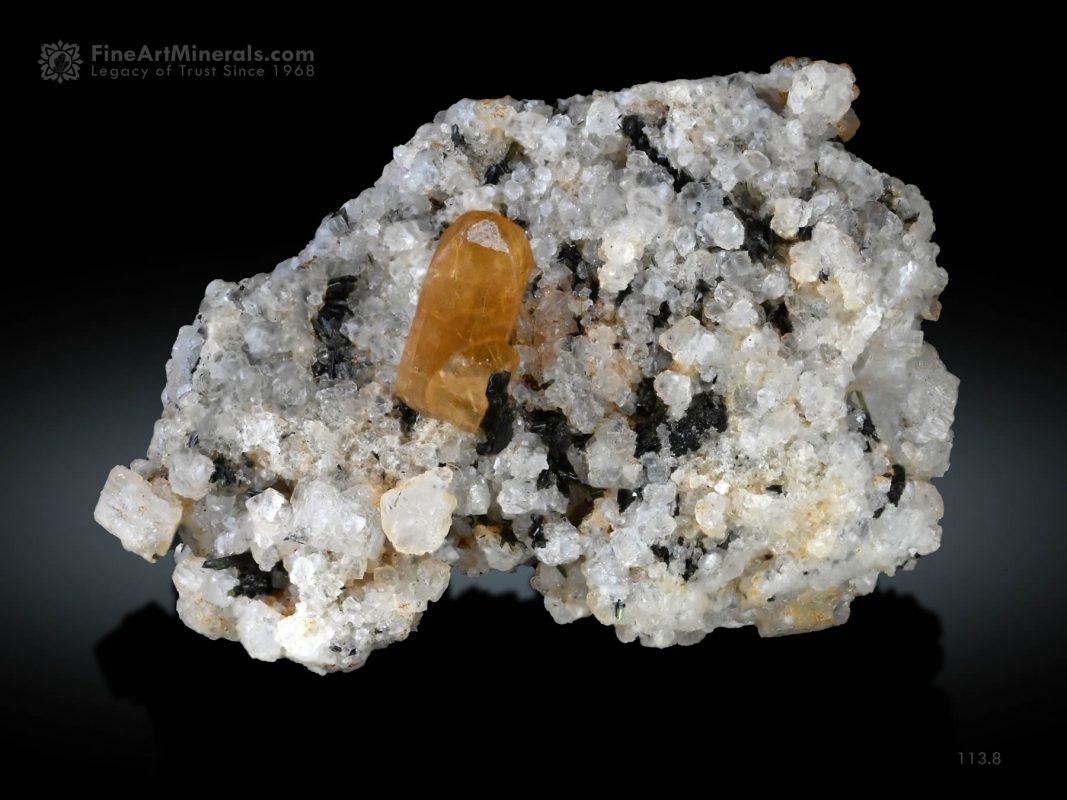

Xenotime, a phosphate mineral containing rare earth elements, is found in certain geological formations in Pakistan.
It is recognized for its various colorations, including shades of brown and yellow. Xenotime is notable for its economic importance due to its rare earth element content.
18. Ruby from Pakistan
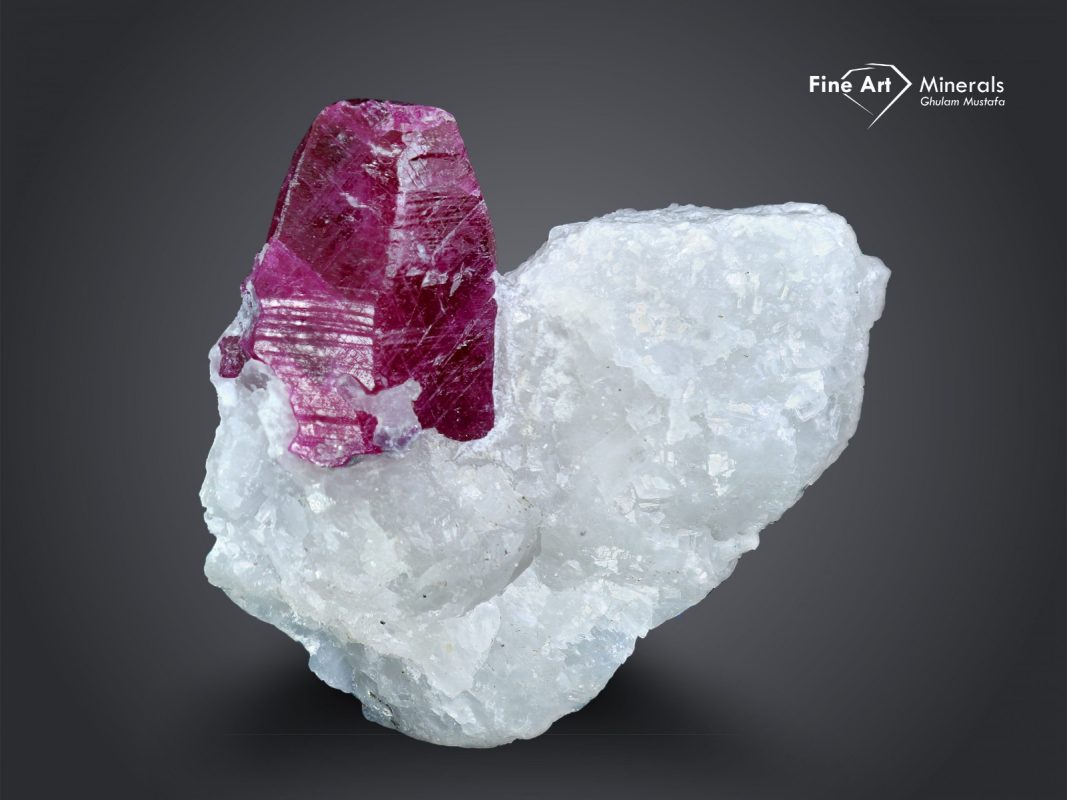

Radiating a deep red hue, rubies found in Pakistan are highly coveted for their vibrant color and excellent quality. Considered one of the most precious minerals, Pakistani rubies symbolize love and passion.
The mineral resources of Pakistan epitomize its geological diversity and undeniable natural wealth. From breathtaking gemstone minerals to valuable industrial minerals, these resources continue to captivate the world with their stunning beauty and intrinsic value.
4. Economic and Industrial Significance Minerals from Pakistan
Pakistan is known for its rich mineral resources, which contribute significantly to its economy and industrial sectors.
The country is blessed with a wide variety of minerals that are not only sought after domestically but also internationally. These minerals play a vital role in various industries, ranging from gemstone trade to construction and manufacturing.
The minerals sourced from Pakistan are highly valued for their quality, beauty, and unique characteristics. They have gained recognition and demand worldwide, making them an essential part of the global market.
Minerals from Pakistan not only contribute to the local economy by generating employment opportunities and revenue but also have a significant impact on the country’s foreign exchange earnings through exports.
The mining and processing of these minerals support related industries such as gemstone cutting and polishing, jewelry manufacturing, and mineral refining.
Pakistan’s mineral wealth is crucial for attracting investment in the mining sector and promoting economic growth.
With proper exploration, extraction, and utilization of these minerals, Pakistan can continue to harness their potential for sustainable development while meeting domestic needs and fulfilling international market demands.
5. Pakistan Minerals Mining Industry
The mining industry in Pakistan plays a crucial role in the country’s economy. Abundant mineral resources have been found in various regions, making Pakistan a geologically diverse country.
This sector contributes significantly to employment opportunities, foreign exchange earnings, and overall economic growth.
1. Major Players in the Pakistan Minerals Mining Industry
Several major players contribute to the mining industry in Pakistan. These include both government-owned entities and private companies. Notable organizations involved in mineral exploration and extraction include the Pakistan Mineral Development Corporation (PMDC), Oil and Gas Development Company Limited (OGDCL), and various multinational companies operating under joint ventures.
2. Mining Techniques in Pakistan Minerals Mining Industry
In Pakistan, different mining techniques are employed based on the type of mineral being extracted. Some common methods used include:
1. Open-pit Mining
This technique involves extracting minerals from the surface by removing soil and rock layers.
2. Underground Mining
Used for deeper deposits, this method involves excavating tunnels to access mineral-rich areas.
3. Suction Dredging
Primarily used for alluvial deposits or coastal areas, it involves using suction devices to remove sediment from water bodies.
4. Placer Mining
Involves collecting minerals from riverbeds or streambeds using pans or sluice boxes.
3. Challenges Faced by the Industry
Despite its abundant mineral wealth, the mining industry in Pakistan faces several challenges:
1. Infrastructure Limitations
Insufficient infrastructure such as road networks and power supply hampers efficient transportation of minerals.
2. Legal Framework
The existing legal framework lacks clarity, affecting investors’ confidence and hindering potential investments.
3. Security Concerns
Certain regions where valuable minerals are found face security issues due to political instability or social unrest.
4. Environmental Impact
Proper environmental regulations need to be implemented to ensure sustainable mining practices that minimize negative impacts on ecosystems and local communities.
The mining industry in Pakistan holds immense potential for economic growth. With a diverse range of mineral resources and the implementation of effective policies, Pakistan can harness its mining sector for sustainable development.
Addressing challenges such as infrastructure, legal frameworks, security concerns, and environmental impacts will be crucial in realizing the full potential of this industry and reaping its significant benefits for the country.
6. Environmental Impacts of Mining Minerals in Pakistan
Mining plays a significant role in Pakistan’s economy, providing employment opportunities and contributing to national development.
However, it is essential to recognize that mining activities can also have adverse effects on the environment and local communities.
1. Deforestation and Habitat Loss
Mining operations often involve clearing large areas of land, leading to deforestation and habitat loss.
The removal of trees and biodiversity can disrupt fragile ecosystems and deprive wildlife of their natural habitats.
2. Soil Erosion and Land Degradation
Excavation and extraction processes can cause soil erosion, resulting in degraded land prone to flooding and landslides.
This not only affects agricultural productivity but also impacts the livelihoods of communities residing near mining sites.
3. Water Pollution
Mining activities generate wastewater containing harmful substances such as heavy metals that can contaminate nearby water sources, impacting both human health and aquatic life. Proper waste management systems are essential to prevent water pollution.
4. Air Pollution
The excavation, transportation, and processing of minerals release dust particles into the air, contributing to air pollution.
These fine particles can have detrimental effects on respiratory health if proper control measures are not implemented.
7. Mitigating Environmental Concerns
1. Regulatory Measures
The government has implemented laws and regulations to minimize environmental impacts from mining activities. These include guidelines for mine site restoration, waste management standards, and reforestation programs.
2. Technological Innovations
Advancements in mining technology have significantly reduced environmental impacts. For instance, eco-friendly drilling techniques minimize noise pollution while efficient ventilation systems help reduce emissions within mines.
3. Community Engagement
Engaging and educating local communities about the importance of sustainable mining practices fosters a sense of responsibility.
Encouraging participation in environmental impact assessments and establishing grievance redressal mechanisms further enhance community involvement.
8. Export and Trade
Pakistan, blessed with diverse natural resources, is home to a treasure trove of exquisite gem minerals. Among these precious gems are aquamarine, tourmaline, peridot, and topaz – each possessing unique qualities that have captivated the global market.
Aquamarine, with its mesmerizing blue hue reminiscent of crystal-clear waters, has gained popularity among gem enthusiasts worldwide.
Pakistan holds substantial reserves of these beautiful minerals. The minerals are carefully extracted from mines in regions such as Gilgit-Baltistan and Azad Kashmir. Aquamarine is often used in jewelry designs due to its soothing color and elegance.
Tourmaline is another cherished gem found abundantly in Pakistan. With its wide range of vibrant colors including pink, green, blue, and watermelon hues, tourmalines from Pakistan have become highly sought after by collectors and jewelry designers. These gems are known for their exceptional clarity and brilliance.
Peridot is a stunning green mineral that symbolizes compassion and harmony. It derives its name from the French word “peritot,” meaning gold stone. Located in regions like Kohistan and Mansehra in Khyber Pakhtunkhwa province of Pakistan, these mines produce top-quality peridots that are cherished by jewelry connoisseurs around the world.
Topaz adds a touch of sophistication to the realm of minerals. Known for its warm golden tones but also available in shades of blue and pinkish-red (imperial or precious topaz), Pakistani topaz delivers exceptional beauty and radiance. The mining sites throughout the country yield an abundant supply of high-quality topaz.
These unique gem minerals not only contribute to the aesthetic allure of jewelry but also hold significant value in terms of Pakistan’s international trade.
Pakistani minerals and gemstones have found their way into major markets worldwide, including the United States, Europe, China, and the Middle East. With a reputation for producing gemstones of exceptional quality, Pakistan has established itself as a prominent player in the international gem and jewelry industry.
Through responsible mining practices and strict adherence to environmental regulations, Pakistan ensures that these precious resources are extracted sustainably.
This commitment to sustainable practices ensures the preservation of natural landscapes and promotes eco-friendly mining methods.
Pakistan’s gem minerals including aquamarine, tourmaline, peridot, and topaz have gained global recognition for their allure and charm. These exquisite gems not only enhance jewelry designs but also contribute significantly to the country’s exports and international trade.
9. International Trade and Major Markets
Pakistan’s minerals have gained popularity globally due to their exceptional quality and unique characteristics. These minerals find their way to various major markets worldwide. Here are some key insights:
1. United States
The US is a significant market for Pakistani minerals. With its thriving gemstone industry and strong demand for high-quality stones, aquamarines, tourmalines, peridots, and topaz from Pakistan enjoys a substantial presence in the American market.
2. China
Another prominent destination for Pakistani mineral exports is China. As one of the largest consumers of gemstones and minerals globally, China provides a lucrative market for aquamarines, tourmalines, peridots, and topaz from Pakistan.
3. European Union
Pakistan’s mineral exports also make their way to countries within the European Union. Nations such as Germany, France, Italy, and the UK appreciate the beauty and allure of Pakistani minerals and gemstones.
These countries show consistent demand for aquamarines, tourmalines, peridots, and topaz sourced from Pakistan.
4. Middle East
The Middle Eastern region has a longstanding fascination with precious minerals and gemstones. Countries like the UAE, Saudi Arabia, Qatar, and Kuwait represent important markets for Pakistani minerals like aquamarine, tourmaline, peridot, and topaz.
5. Other International Markets
In addition to the above-mentioned major markets, the allure of Pakistani minerals extends to countries such as Australia, Japan, Russia, Cambodia, etc., further amplifying the global reach of these exquisite minerals.
10. Trade Regulations
To ensure fair trading practices and maintain quality standards in mineral exports, Pakistan adheres to certain trade regulations.
I strongly recommend consulting with expert import/export agencies or legal advisors to obtain the most up-to-date information on the specific regulations and requirements for exports of aquamarine, tourmaline, peridot, and topaz from Pakistan.
With its plentiful mineral resources and a strong presence in major international markets, Pakistan continues to contribute significantly to the global minerals and gemstones trade.
The allure of Pakistani minerals like aquamarine, tourmaline, peridot, and topaz is set to captivate enthusiasts and industry professionals worldwide for years to come.
To ensure fair trading practices and maintain quality standards in mineral exports, Pakistan adheres to certain trade regulations.
These regulations aim to protect the interests of both exporters and buyers while upholding ethical standards in the global gemstone trade. Here are some key trade regulations to be aware of:
1. Export Licenses
To export minerals from Pakistan, obtaining the necessary export licenses is essential. Exporters must comply with the country’s legal framework, which includes securing permits and fulfilling documentation requirements.
2. Quality Control
Pakistan places great emphasis on maintaining high-quality standards for its mineral exports. Before exporting, minerals go through stringent quality control measures to ensure that they meet the specified criteria and are free from any defects.
3. Certification
Authenticity certification plays a crucial role in boosting buyer confidence and establishing trust in Pakistani minerals and gemstones. Certificates issued by recognized local or international gemological institutes validate the origin, authenticity, and characteristics of the minerals being traded.
4. Compliance with Gem Trade Associations
Pakistani mineral exporters should be members of reputable gem trade associations both domestically and internationally.
These associations help maintain industry standards, promote fair trade practices, and enhance credibility within the global gemstone market.
5. Environmental Regulations
As responsible stewards of natural resources, Pakistani mineral exporters must comply with environmental regulations governing mining operations and sustainability practices. Adhering to these regulations ensures eco-friendly mining efforts and sustainable sourcing methods.
By following these trade regulations, Pakistan aims to strengthen its position in the global mineral market while fostering transparency, reliability, and sustainability across all aspects of its export industry.
11. Notable Mines and Deposits in Pakistan
Pakistan is home to several significant and noteworthy mines and deposits that have garnered international recognition. Let’s take a closer look at some of these remarkable sites:
1. Nyt Bruk Mine, Shigar Valley, Skardu District, Gilgit Baltistan, Pakistan
This mine is famous for its exquisite aquamarine specimens. The breathtaking blue minerals found here are highly sought after by collectors and jewelry enthusiasts worldwide.
2. Chumar Bakhoor Mine, Nagar District, Gilgit-Baltistan
Known for its diverse range of minerals, including tourmaline and peridot, the Chumar Bakhoor Mine offers stunning varieties of minerals coveted for their vibrant colors and exceptional clarity.
3. Chhappu Mine, Haramosh Valley, Skardu District, Gilgit-Baltistan:
This mine possesses remarkable deposits of tourmaline, including vibrant hues such as deep purples and royal blues. These minerals showcase the rich palette of colors that nature has to offer.
4. Hushe Mine, Skardu District, Gilgit-Baltistan
The Hushe Mine contributes to Pakistan’s mineral wealth with its high-quality aquamarine reserves. Renowned for their striking shades of blue reminiscent of crystalline waters, these aquamarines are highly desired by jewelry designers and collectors alike.
5. Haramosh Mine, Haramosh Valley, Skardu District, Gilgit-Baltistan
This mine is renowned for its abundant reserves of tourmaline. With its wide spectrum of colors ranging from intense greens to vibrant pinks and reds, tourmaline from Haramosh showcases nature’s artistic beauty.
Pakistan’s rich mineral resources continue to attract attention globally due to the exceptional quality and diversity found in these famous mines and deposits.
They serve not only as economic assets but also as treasures from nature’s magnificent artistry.
12. The Future Prospects of Exploration and Development of Minerals of Pakistan
Pakistan, known for its breathtaking landscapes, rich history, and vibrant culture, also harbors a treasure trove beneath its surface – a wealth of precious minerals waiting to be unearthed.
From the majestic aquamarine to the captivating tourmaline, the country boasts a diverse range of minerals that hold immense cultural and historical significance.
Looking ahead, Pakistan is primed for further exploration and development of its mineral resources, presenting an exciting opportunity for economic growth and prosperity.
Now we delve into the prospects that lie within Pakistan’s untapped mineral riches.
1. Abundant Geological Potential
With a geological framework characterized by diverse terrains and tectonic activity, Pakistan possesses an abundance of untapped mineral resources.
The country’s potential reserves include but are not limited to aquamarine, tourmaline, topaz, peridot, quartz, and many more.
These minerals not only hold commercial value but also play integral roles in various industries such as jewelry making, construction materials production, and high-tech applications.
2. Favorable Policy Reforms
Recognizing the immense potential in its mineral sector, Pakistan has taken significant strides towards reforming its policies to attract both domestic and foreign investments.
The government has implemented investor-friendly regulations and introduced incentives to encourage exploration activities.
Moreover, it is actively working on streamlining administrative processes to make it easier for companies to obtain mining licenses and permits.
3. Economic Impact
The future exploration and development of Pakistan’s mineral resources have the potential to significantly boost the country’s economy.
Increased investment in this sector would create job opportunities for local communities while generating substantial revenue through exports.
Thriving mining activities could stimulate related industries such as manufacturing, transportation, and service sectors.
4. Sustainable Practices & Environmental Conservation
As we envision a future with increased mining activities in Pakistan, it is crucial to prioritize sustainable practices and environmental conservation.
The government, in collaboration with stakeholders, should focus on adopting environmentally friendly mining techniques, promoting reforestation programs, and ensuring responsible waste management to mitigate the potential impact on local ecosystems.
5. Enhanced Geological Surveys & Data Analysis
To fully unlock Pakistan’s mineral potential, comprehensive geological surveys and data analysis are imperative. Investing in modern exploration technologies will enable accurate assessment of mineral reserves, leading to informed decision-making for resource planning and development.
Collaborations with international experts can also contribute towards building local expertise in mineral exploration techniques.
Pakistan’s mineral resources hold immense promise for the country’s future growth and development.
By strategically exploring and developing these resources sustainably, Pakistan can harness significant economic benefits while preserving its cultural heritage and natural environment.
With a favorable policy landscape, scientific advancements, and responsible mining practices, the prospects of mineral exploration and development in Pakistan undoubtedly shine bright like precious gemstones waiting to be discovered.
Conclusion
Pakistan’s mineral industry holds immense potential for the country’s economic growth and development. By addressing the challenges mentioned earlier and implementing effective solutions, a brighter future awaits this sector. Investing in infrastructure development, streamlining regulatory processes, and fostering a skilled workforce will contribute to unlocking the full potential of Pakistan’s mineral resources.
Throughout history, minerals like aquamarine, tourmaline, topaz, peridot, and quartz have played significant cultural and historical roles in Pakistan’s heritage. These precious minerals not only hold aesthetic value but also symbolize prosperity, spirituality, and tradition.
There is tremendous scope for further exploration and development of mineral resources in Pakistan. By leveraging advancements in technology and global best practices, the country can attract both domestic and international investors to fuel its mining industry. This would create employment opportunities, promote economic growth, and contribute to the overall well-being of the nation.
So, this is the complete guide to introduction to the minerals of Pakistan, I hope you have gone through it.
if you have any kind of suggestions or questions regarding this article, you can ask in the comment section.
OR
if you are looking for any kind of precious minerals and gemstones. feel free to Contact Us.
Thanks for Reading

